|
Guest blog by Adam S. Thompson, Head Cheesemaker & Partner at OroBianco Italian Creamery (Texas, USA) I've waited a long time to learn the art of pasta filata. After 15 years of making "mozzarella" or something in that genre, I can finally say I actually know how to make traditional pasta filata cheeses, using water buffalo milk, as it was intended to be produced. My name is Adam S. Thompson, and I'm the head cheesemaker and partner at OroBianco Italian Creamery — the one and only water buffalo dairy and creamery in Texas. I've been making cheese for over 15 years, with my first one being a quick method mozzarella, using citric acid and store bought milk. Before the buffalo, I had a goat dairy and made an array of cheeses and yogurts from their milk. I've also made sheep and cow milk cheeses at a couple of other operations, and trained in Mexico City on Oaxaca cheese — a pasta filata cheese, but made in a completely different fashion. I joined the team at OroBianco in September of 2021, however, I had been doing some testing of the milk as early as March of 2021. For the past year, I've made a couple of decent products that somewhat resemble mozzarella, but never could get the texture and flavor of what we really wanted — an authentic buffalo mozzarella, that oozes the milky water out when you bite into it. Made and served fresh and meant to be eaten almost immediately. While Covid restrictions were preventing me from taking this course, Erica Jarman of Sapori & Saperi helped me as much as possible from afar, even getting a Zoom class going with the former head cheesemaker at Prime Querce farm and dairy. She had also been telling me that I needed to see the process and experience it firsthand to really understand it. I’ve attempted the mozzarella at least 50 times over the last year, sometimes pushing into the morning sunrise, trying to accomplish this cheese making process. Time and time again, I would get a nice cheese, but not the mozzarella we were aiming for. Finally, in October 2022, I arrived in Campania, Italy, to take the course. The class was the most educational course I’ve ever received in such a short amount of time. I think it helped I had been trying and failing, as I had many questions to be answered and walls to get over. Any time I had a question, no matter how small or off-topic to the current stage, Erica would wait for the cheesemaker to finish what he was talking about, and field my questions to him. We trained at two different dairies, Chirico and Prime Querce. Each place had its own methods and variations for the different pasta filata cheeses, but the basics were more or less the same. The cheese making facilities were full of passionate people, who would move like ants at times, in a synchronized, and super-speed fashion at times. I was allowed to make a complete batch at one facility, then work on all of the different stages at another, in the midst of normal production. I had no question left unanswered after this course. The mozzarella and pasta filata training here was incredible, but there was much more to this course. We also had the pleasure of being accompanied by a very talented sommelier, and did nightly wine tasting, and went to dine at some of the finest establishments I’ve ever eaten at. Some were embellished with gold trim and crystals, serving high-grade steaks, and some were little hidden gems, with the morning’s fresh catch served in unique presentations. We even had a “dinner with friends” where one of the B and B owners invited some locals, and we dined family style in the living room. The entire course was very organized and maintained on a sometimes very strict schedule, and this ensured we were always where we needed to be to learn, and visit the extracurricular, planned activities. Everything was purposeful and useful to bring these skills back to Texas and incorporate into my cheesemaking, as well as bringing information about the water buffalo themselves back to the dairy. To anyone wanting to learn the art of pasta filata, this course is a must-take. You won’t call one of these places directly and get a class, and you won’t find these courses online, or marketed on some big cheese website. Most places are very secretive, or do not want to waste the time teaching other people how to make this classic cheese. The food alone is worth the cost of the course, in my opinion. Of course my focus was always on the cheese making, but the course being completely submerged in the culture, and getting to taste different foods, and wines, from around the terroir left me with an elevated sense of inspiration. The people there were very welcoming, and passionate about their trade. Not only have I finally locked down the mysteries of mozzarella, but found myself returning home and making my own tomato sauce, gnocchi, and other classic Italian dishes for my family. If you’re “stretching” mozzarella at home or for a dairy/cheesemaking facility, you’re likely doing it wrong. True mozzarella only takes the perfect curd, and almost boiling water, and it “spins” together almost effortlessly. The mozzarella should make you take a step back when biting, so the beautiful, milky whey doesn't get all over you. So break out the pocket-book, book this course, and get a class that will give you all the tools you need to make mozzarella, as well as fill you with inspiration and the Italian culture that makes this cheese what it is.
0 Comments
Butter isn’t an ingredient you’ll find in traditional Tuscan cuisine. The people north of the Apennine Mountains have cows, and they make butter. In Tuscany we have sheep. Their milk is used to produce pecorino cheese (the word for sheep is ‘pecora’ and the cheese made from their milk is ‘pecorino’).
In the Garfagnana we have a native all-purpose cow good for a bit of both milk and meat, which since the diffusion of modern specialised breeds and until very recently was considered good for nothing and nearly died out completely.
Families made a little butter which they used primarily in sweet dishes. In a local cookbook compiled by a woman of Lucca, out of 179 savoury recipes only four call for butter, three contain béchamel sauce and one is the recipe of a chef who had emigrated to New York. On the other hand, almost every single one contains extra-virgin olive oil. Out of 33 desserts, 23 use butter, mostly in the pasta frolla crust of pies.
Occasionally you come across a cow family, like the Nesti of Melo (Cutigliano) into which Daniela Pagliai married. (Women rarely take their husband’s surnames, although the children bear their father’s name.) Daniela had been her father’s shepherd since she was nine and in charge of making pecorino from the age of 14. When she married, she had to change gears. She now makes several types of cow’s milk cheese, yoghurt, gelato and butter. For more about Daniela, see my blog post: Like the Seasons: the Life of a Cheesemaker.
When I take my guests to her, I always buy some butter. It conforms to two of my rules when buying food: very few ingredients and nothing I can’t understand. Andrew Wilder of Unprocessed October calls it the Kitchen Test. Daniela’s butter contains one ingredient: panna, cream.
When I first started visiting her, butter was such a minor product that she didn’t even have a special label for it. She sold it in a ricotta wrapper. Now there’s not only a label, but also an informative essay.
Daniela says: ‘Completely natural artisan production. Its distinctiveness is that during the summer the cows graze in alpine pastures producing milk rich in betacarotene, whose colour transfers to the butter making it yellow. In winter, the feed is based on hay [not silage] and the butter is paler.’
They say that variety is the spice of life, and it’s often these tiny details that distinguish the truly artisan product from a standardised industrial one. Of course, nothing beats visiting the producer and checking their claims for yourself. If you landed here by chance and would like to be notified of future posts, you can sign up here. If you’d like periodic news about our tours and courses, sign up here. This blog was originally published on Slow Travel Tours on 25 September, 2016. As a tour designer and guide I don’t get many opportunities to experience what it’s like for you to travel to a place you’ve never been to before. The only chance I have is when I research a new tour or course. And I did just that in March 2018. I want to offer a mozzarella course (update: I now do). Since we don’t make mozzarella in Tuscany (not properly, anyway), I had to go to Campania in the south, the home of water buffalo and birthplace of mozzarella. You probably know Naples, Pompei and the Amalfi Coast, but I hadn’t even been to any of these. It was a bit daunting going south of Rome to the infamous Mezzogiorno of lawlessness. But I had a big advantage over the average tourist: I had locals to show me around. I had met a Scottish woman on a Ryanair flight from London Stansted to Pisa. Her Italian husband was from the province of Salerno, just south of Naples. I knew that Salerno and Caserta provinces were famous for their mozzarella. When I told her of my plan, she said they live in Florence now, but her husband knew the Cilento area inside out (central and southern part of Salerno Province). A couple of months later I found myself at Santa Maria Novella station in Florence, boarding a train bound for Salerno with Audrey and Enrico. I was to stay at their house in Trentinara. They were renting a car and they were going to introduce me to owners of agriturismi (farm accommodation), a mozzarella dairy and restaurants. Everything I would need for the course. First a stop at an agriturismo Aia Resort Cilento owned by Vincenzo, an architect friend of Enrico’s. It’s perfect for the course: tasteful rooms with private baths, a swimming pool, pizza oven and BBQ. It was after dark when we arrived at their house and, while Enrico lit the fire, Audrey took me next door to meet her mother-in-law Antonietta. Even though we planned for dinner to try the restaurant owned by Enrico’s cousin, it was compulsory to sit down at the table to sample Antonietta’s stuffed artichokes (carcioffule ‘mbuttunate), lately picked from her garden. I had to forcibly prevent her putting two on my plate. The next morning we met my cheese and salumi courses colleague Giancarlo Russo, who had arrived separately, and proceeded a short distance down the road to a private house to meet Lilla and her son Antonio La Mura. Lilla is a great cook (as it seems is everyone from this area) and might give a short cooking lesson either during the mozzarella course or during an optional extension before the course. We gathered around the table in the kitchen to talk. But no talk without food in these parts. Antonio went to the cellar and came back with his own salsiccia (air-dried sausage). Lilla sliced her homemade bread, made with sour-dough starter and baked in a wood-fired oven, while Antonio uncorked a bottle of excellent homemade wine. Giancarlo and I have tasted a lot of sausage and salami in our day, and this was exceptional. Encouraged, Antonio disappeared down below again and re-emerged with two cheeses and a salami, all of his own production. Last (at least we were hoping it was), a cured sausage called nnoglia, which was stuffed with lungs and other of the least noble parts of the pig. Usually it’s used to flavour vegetable soups, but Lilla threw it on a grate over the fire that warmed the room. More delicious than you can imagine. She just happened to have some pastries from the local shop, and we weren’t allowed to leave without coffee and a digestivo, her homemade finocchietto, alcohol infused with fennel leaves and flowers. Good thing we hadn’t booked lunch at a restaurant! After that feast of salumi, we had to see Antonio’s pigs… and his cows… in the oak and chestnut woods where they have parties in the summer. That evening at 10.30 Giancarlo and I had an appointment at Caseificio Prime Querce to watch the whole process of making mozzarella and its pasta filata (spun curd) relatives scamorza, burrata and caciocavallo. The head cheesemaker Antonio (everyone seems to be named Antonio) is, of course, a close friend of Enrico. He showed us every step, explaining the reason for each process and giving us generous samples to taste. But the mozzarella wouldn’t be at its peak until it had bathed in brine for another five hours. We finally left around 2.45 am. The next morning Antonio stopped by Enrico’s house to drop off two bags of mozzarella, one hand-formed and the other moulded by machine. It was a revelation! Juicy, firm and milky. How can I go back to eating week-old mozzarella in Tuscany? We still hadn’t had a tour of the town with Enrico and Audrey, so we set off up the streets of Trentinara, hailed and stopped at every corner by Enrico’s cousins and friends. At the top we made the day for Zì Cosimo, the basket weaver. I learned that here ‘zì/zà’, literally meaning ‘uncle/aunt’, is a title of respect for older people. On the way to the restaurant for lunch we passed Enrico’s aunt carrying a basket of freshly baked bread from her wood-fired oven. We were wondering how we could stuff in lunch after gorging on mozzarella for breakfast, but we needn’t have worried. Locanda Lu Vottaro, owned by the chef Cristina—you guessed it, a friend of Enrico, was closed, but she opened specially for us and prepared a superb tasting menu. It was time to leave our friends Audrey and Enrico, this town and the people who we felt we already knew well. Suddenly I realised this must be what it’s like to go on a tour with Sapori e Saperi Adventures. You’re met at the station, transported to your accommodation, escorted to see places and meet people you could never find on your own. They open their arms to you because you’re accompanied by us, their friends. What better way to spend a holiday?
Take a look at the result of this course for professional cheesemakers and keen amateurs: Mozzarella & its Cousins. If you're not a cheesemaker, don't worry, there are less specialised small group tours and courses like Olive Oil: Tree to Table for you. If you landed here by chance and would like to be notified of future posts, you can sign up here. If you’d like periodic news about our tours and courses, sign up here. This blog was originally published on Slow Travel Tours on 28 March 2018. By Alison Goldberger 2020 is definitely a year none of us will ever forget, that's for sure. It all started off so promisingly with lots of excitement about meeting all of you who had booked on a tour or course! Of course we all know how it ended—with a year very difficult for a small tourism business. Although we were disappointed we had to cancel many tours and didn't get to meet you, we were buoyed by all your messages, interaction on our social accounts and hope you enjoyed the virtual tours we ran. And of course, it wasn't ALL bad, and Erica and I have survived the year in good health! So we'll start our review at the beginning, before we had even heard of the virus that would characterise the year... January One of our first posts on Facebook was this stunning photo taken from Erica's window. She captioned it: 'The view from my window. Must be a good omen for 2020!' It makes me laugh a little now looking back at this. As I said in the introduction, 2020 started off great! The Art & Science of Gelato course got into full swing and we welcomed the super talented Sorravee 'Gin' Pratanavanich. Gin had grand plans, after learning with us she was due to head off to take up a chef internship at a hotel in Abu Dhabi. Looking ahead, Gin would like to open a pastry shop and gelateria in Bangkok. We were also delighted to be able to run the Advanced Salumi Course Tuscany in January. Two of our artisans met during this course, Mirko who leads the Art & Science of Gelato course learned how to make salami from artisan norcino Massimo Bacci. Mirko wasn't the only one learning however. We met lots of interesting participants during the January Advanced Salumi Course Tuscany. Here we see them learning all about knots. Knots are important to hold things in place and to squeeze air out. To produce a nice looking product, you need to tie tidy knots. And as you can see, our participants were taking this very seriously! On the blog in January we also shared a beautiful piece by Lin Hobley about her experiences of the Tastes & Textiles: Woad and Wool tour. Read it here. February February saw us on the Advanced Salumi Course Bologna-Parma. We left Tuscany for Emilia (the northwestern part of Emilia-Romagna). This region of Italy is particularly famous for not one, but two delicious types of salumi— Prosciutto di Parma and Mortadella di Bologna! Check out the blog post here for more pictures and information about what happened during this tour in February! March March of course brought with it COVID-19, and in Italy things became serious very quickly! It was still an unknown entity in March, and we weren't sure how things would play out. We welcomed a couple of intrepid souls onto the Advanced Salumi Course Tuscany in March, in what would be the last course for a while! We were still hoping that things would all blow over but were concerned about the impact the travel bans would have on those looking to come on courses and tours in the near future. Anyway, Australian vodka producer Katie Krauss and American head chef Seamus Platt joined us. They managed to learn everything the course had to offer before dashing off on the last flights home! Erica quickly had to get used to life under lockdown, long before many other countries started to introduce such measures. It did, however, result in her having a bit of an adventure! As flights started to get cancelled across Europe, one unexpected result was the car of some friends trapped in the Pisa airport car park, which was due to close. After calling in various favours the car was freed...read exactly how in the blog post here or click the car image above! It also allowed for a bit of cooking and exploring the beautiful surroundings outside her door. More information and pictures are here in the March round up blog post. Across Italy people started to pull together in the face of tough lockdowns, travel bans and an unknown virus. Many sang and played music from balconies and out of windows. Antonio Daniele, head cheesemaker at Caseificio Prime Querce, and one of the artisans who teaches our Mozzarella & its Cousins course made this graphic and said: 'We must withstand and fight. We'll come out of this stronger than before.' April In April we started to adjust to the new normal. For Erica, even cooking dinner turned into an epic adventure! This meal took her on a journey to remember people she'd met along the way and about the history of the ingredients. It really is a fantastic story, you can read the whole thing here - or by clicking the image above. Lockdown meant Easter alone for Erica, but her neighbours certainly wouldn't see her starve! She wrote in a Facebook post: "Under lockdown they couldn't invite me to eat with them. At 11.30 am the doorbell rang. It was Eugenia with three slices of pie with different fillings—rice, lemon and chocolate. At 12.30 the doorbell rang again. It was Daniela bringing her homemade tortelli and sugo. I was only planning marinated and grilled goat chops with cannellini beans and insalata with local red wine. Now I had a three-course lunch. Such kindness and generosity, and I certainly didn't feel alone." In April we also ran one of our first 'virtual tours' to give you all a taste of what you would have been experiencing, had you been allowed to visit Italy. We all travelled around Sardinia on the Celebrating Sardinia tour and had a great time! You can read the whole thing for yourself in the blog post here, or by clicking the image above. May In May we would have been running the Theory & Practice of Italian Cheese course, but that was not to be of course. So we also offered a little preview on Facebook. We visited Enea Giunti's goat farm and learned how to make fresh goat cheese. We stayed at Agriturismo La Torre at Fornoli and met Vitalina who shared her extensive knowledge of cheese making. We milked cows at Marzia Ridolfi's and drove up to Daniela Pagliai's to see her small modern dairy and how she makes a number of different cheeses from one pot of milk. And all this in the company of Maria Sarnataro, a real expert on cheese! Read all about what else we saw in the blog post here. The Tastes & Textiles: Woad and Wool tour was also meant to run in May, but instead we ran it as a virtual tour. It was a fascinating tour with so many interesting sights and photos, which you can see here in the blog post. June Another month and another virtual tour, this time it was the Tastes & Textiles: Hanging by a Thread tour. Card weaving, farm accommodation, vineyards, Garfagnana potato bread, knitting, felting, weaving, wonderful food, an ethnographic museum, a woolen mill - it was all there and more. Read all about it in the blog post here. After the tour Erica shared some of the delicious meals she'd been making. She had been experimenting with ricotta. The people who sell it in the open-air market won't sell a small amount. She has to buy a whole one. This spring she tried this simple sauce for short pasta made with fava beans (broad beans) and ricotta - delicious! The classic dish everyone around Erica makes with ricotta is ravioli. She said of this meal: 'I have a lot of chestnut flour in my freezer—gifts from friends who collect, dry and mill their own. I made pasta di castagna (about 1/3 chestnut flour) with a filling of fresh ricotta, young nettle tops, an egg, salt, pepper, nutmeg. The slightly bitter nettles contrast well with the sweet chestnut flour. The sauce is simple melted butter with fresh sage leaves.' This recipe in particular got my mouth watering! There is a self-seeded cherry tree hanging over Erica's orto (veg garden). In June it produces a small crop of mildly sour cherries. Every year she makes one focaccia with the cherries, but it never turns out exactly the way she wants it. Until this year. It's exactly the thickness and degree of sweetness she'd been searching for. Persistence pays off! July and August With some restrictions lessening in Italy, Erica took the chance to do some travelling! At the end of July she headed off to Pompei. She first saw the sights of Napoli and was welcomed by her collaborator on the cheese courses, Maria Sarnataro. First they tried some tasty delicacies, including the famous sfogliata. While in Pompei Erica hired a wonderful private guide, Francesco Tufano, an archaeologist who could answer all of her questions and more! Read all about the trip here in the blog post. The second half of Erica's trip took her from Pompei to Salerno where she and Maria visited some mozzarella dairies. She was very impressed when she visited Caseificio Barlotti and met brothers Enzo (pictured) and Gaetano Barlotti. She hopes to bring future participants on the Mozzarella & its Cousins course for a tasting in their beautiful garden. She had some samples of his bocconcini, ricotta and a new brie-style cheese, all made with the milk of their own buffalo herd. The mozzarella and ricotta are among the best she'd tasted. Read all about this part of the trip in the blog post here. Erica also took a research trip to Le Marche for the Tastes & Textiles: Woad & Wool tour. It's during these types of trips she meets the artisan's we visit on tours and finds the incredible restaurants we dine in! Perhaps you don't know where Le Marche is. Le Marche means 'The Marches', which in English refers to an area of land on the border between two countries or territories (eg, the Welsh Marches). In fact, Le Marche borders three other regions, Emilia Romagna, Tuscany and Umbria, with the Adriatic Sea to the northeast. Before the unification of Italy in 1861, they had a lot of borders and ports to protect, which means lots of spectacular fortresses and castles to visit! This photo above was one of my favourites from the trip, showing masked men waiting for their wives to finish shopping in Urbania. During the trip she also met some fascinating people, including Federica Crocetta, who has a passion for dyeing textiles with natural plant dyes, and Emanuele Francione, who learned the craft of textile block printing with rust from his grandfather. Read all about the tour in the blog post here. September In September Erica was back home, and making passata! You can read all about it in the blog post here, or by clicking the photo above. There was also some excitement for Mirko, who teaches the Art & Science of Gelato course as he opened a new Cremeria Opera just outside the walls of Lucca. Erica and Mirko had a little celebration...wearing masks of course! October In October Erica attended a fantastic lunch cooked by her favourite Lucca chef Damiano Donati. She said: 'His restaurant in the centre closed during lockdown. I was forlorn. Now he's popped up at Fattoria Sardi vineyard better than ever. He calls his fixed menu for Sunday lunch Fuoco e Materia (Fire and Matter). He was always fascinated by contrasting textures. Now he has a wood-fired oven in his kitchen and is playing with smokey flavours too, and it works. Here he is relaxing on the terrace after lunch. The dishes included: squash cooked two different ways and wrapped in chestnut leaf parcels, beetroot risotto, chicken stuffed with pork accompanied by smokey crushed potatoes. If you opt for the wine tasting, you get a different delicious biodynamic wine paired with each course.' There was also a little time to squeeze in some truffle hunting for a private tour! Truffle hunter Riccardo instructed Brendan in how to use three of his senses—sight, smell and touch—to assess whether the truffle is poor, mediocre or excellent. This 66 gram truffle is excellent, and after his truffle lunch with his wife and child, he decided to buy it so they could go on indulging in truffles for the rest of their holiday. We were also delighted to be able to hold a REAL LIFE Art & Science of Gelato course in October! We welcomed Niels, chef on a super-yacht. On the October course we teach how to make sourdough panettone as well as gelato so you know how to do it in time for Christmas. For his unique flavours Neils created pineapple and rosemary sorbetto, date and whisky gelato and Piña Colada sorbetto! November In November Erica went to Frantoio Lenzi to get her year's supply of olive oil. At the height of the harvest, frantoi (olive mills) are open 24/7 and it's always chaotic. She picked up bag-in-box new oil. You can recycle the box, but not the bag. However, by excluding air it keeps the oil from oxidising so rapidly and preserves the health benefits and the flavour for longer. The oil is fruity (tastes like olives!), medium picante and medium bitter. Her conclusion: a nice rounded flavour. 2020 would have brought us the first participants on our new Olive Oil: Tree to Table in Tuscany course, but it was not to be. Nevertheless, we ran a virtual tour to whet your appetite! Read all about it in the blog post here. December One of the most popular blog posts of the year was about the abandoned farm houses of Casabasciana. Wonderful photos and stories, can be seen in the blog post here. The year wound down with a poignant blog post featuring a video about the death of peasant farming. It was made by farmers in Umbria, but it could have been made anywhere in Italy—or in many other countries in fact. We visit many small farmers during tours and one of the things that was important when setting up Sapori e Saperi Adventures was to help preserve this way of life. You can watch it in our blog post here. After such a trying year it was nice for Erica to join her local community to decorate the village Christmas tree, a long-standing tradition which was just a little different this year.
We hope you have had a healthy 2020 and wish you all the best for 2021. We'd love nothing more than to welcome you onto one or more of our tours and courses. Get in touch with Erica at [email protected] for more information or for answers to any questions you may have. If you landed here by chance and would like to be notified of future posts, you can sign up here. If you’d like periodic news about our tours and courses, sign up here. By Alison Goldberger 2019 has been a year of welcoming talented and interesting guests to our plethora of tours and courses with Italian artisans. Tours and courses run throughout every month – it’s action packed here in Tuscany! Here’s a small selection of some of our favourite tours and images from the year! If you paid us a visit, thank you! And we look forward to welcoming more of you in 2020! January The first course of the year was the ever-popular Advanced Salumi Course Tuscany. This course was wonderful but we also had the sad job of saying goodbye to Giancarlo Russo who has collaborated with us on most of the Courses with Artisans since 2010. He followed his family to Florida where he’s selling Italian wines. We miss his broad knowledge about everything Italian as well as his kindness and sense of humour. February In February we visited a new dairy keen to share their knowledge with our guests on upcoming mozzarella courses. We met Salvatore and his team at Caseificio Giusti. The mozzarella course allows our participants to get hands on with the mozzarella-making process so dairies like this that are open to visitors are key. Our participants are mostly professional cheesemakers looking to add something to their business, or to improve on the mozzarella they currently make. We also welcomed a lovely group of keen gelato-makers to the Art & Science of Gelato course at Cremeria Opera with the talented Mirko Tognetti! March We visited two lots of free range pigs and made salumi with their butcher-owners, one at the biodynamic Il Grifo farm, Bagno di Reggio Emilia and these sleek Nero di Parma pigs at the organic San Paolo farm, Medesano, during the Advanced Salumi Course Bologna-Parma. During the year we revealed some exciting news about this course! Previously you had to take the course in Tuscany first, but this year it we added some more hands-on work so you can take it on its own. It is of course also still possible to do them together though – they run one after the other! April Here are the smiling faces of our fun group on the Theory & Practice of Italian Cheese course! May Oh May! You brought us the fantastic Celebrating Sardinia tour! And what a tour it was. Trying to choose just one photo is difficult as this tour is filled with so much colour and interesting things to see and do. But I’ve chosen this colourful image of two of our guests standing in front of one of the decorated ox carts that parade during the Festa of Sant’Antioco. This year it was possible to get up close to the carts – something that wasn’t allowed in previous years. What a treat! Oh, and we can’t forget the foodie surprise of the year! The wonderful feast at…wait for it…a gourmet Esso petrol station! This place was found during the Tastes & Textiles: Woad & Wool tour. It’s called Piacere Quotidiano (Daily Pleasure) and is owned by four brothers – they serve the best food in the area—all locally sourced! June Here’s Giulia Paltrinieri showing us the fascinating craft of card weaving during the Tastes & Textiles: Hanging by a Thread tour. We visited her at the restored Fortezza Verrucole and learned that the earliest archaeological remains of card weaving date from the 7th century BC at a site near Rome. July In July we were absolutely delighted to congratulate Roger Longman of White Lake Cheese on winning not one, but three awards in the Yorkshire Cheese Awards for his English Pecorino. He won Supreme Champion, Best New Cheese and Best Speciality Cheese for Ewe Beauty. He found out the news while on our Mozzarella & its Cousins course, but had previously taken the Theory & Practice of Italian Cheese course in 2016. He said he’d never have been able to make such good pecorino without it. We love to hear about the achievements of our former course participants. Whether that's winning awards or creating that perfect product at home – we are always happy to get some news in our inbox. August In August Erica took a fact-finding trip to Pescia to scout out some interesting people to visit during upcoming courses. There, she met Michele who showed her around the land of the Perterra agricultural cooperative. The project was created by young people with no background in farming. They bought 40 hectares of abandoned farmland with a grant from the Tuscan region and are now restoring its productivity. A truly fascinating project. Check out our blog post about this project and the other gems found in Pescia. September Creativity was flowing in September as we ran the Tastes & Textiles: Wine to Dye For tour. Our guests met the talented Tommaso Cecchi de’ Rossi who showed them his special technique for using wine as a dyeing mordant. October One of the great things about our tours and courses is that although they are well-planned, we also have some room for some unexpected trips! This was the case during the Giants of Sardinia tour. We came across coral and gold filigrana artisan Francesco Sanna. He works alongside his brother Giovanni. Francesco demonstrated various filigrana techniques. The coral they use comes from Sardinian waters and is responsibly fished. November The year came around full circle with the Advanced Salumi Course Tuscany marking our last course of the year! Here are our smiling course participants with norcino Massimo Bacci. December December is a time to relax, celebrate the holidays and think about the year ahead. This picture shows Lucca dressed for Christmas – 'always dreaming'. We hope you’re dreaming about travelling with Sapori e Saperi Adventures in 2020. We wish you all the best for the coming year!
If you’d like to join us in 2020 take a look at our website to see the full selection of tours and courses. For more info and to book drop Erica an email at [email protected]. We can't wait to see you! |
Email Subscription
Click to subscribe to this blog and receive notifications of new posts by email. AuthorErica Jarman Categories
All
Archives
October 2023
|
|
copyright 2017 sapori-e-saperi.com | all rights reserved
|
Website by Reata Strickland Design

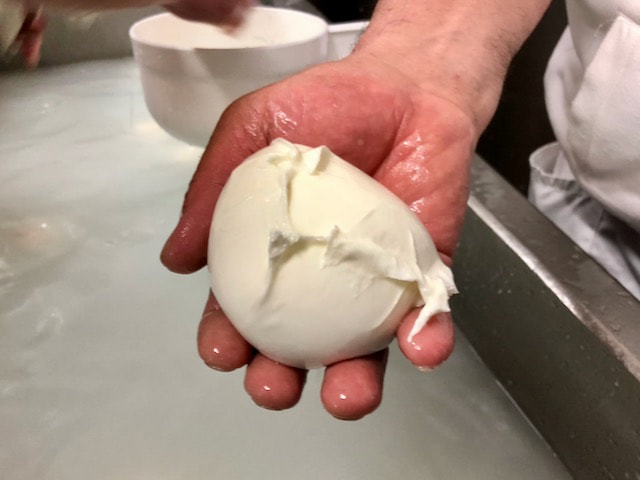
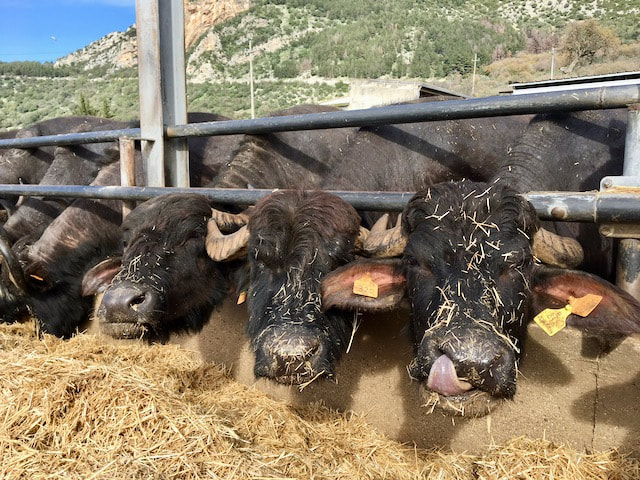
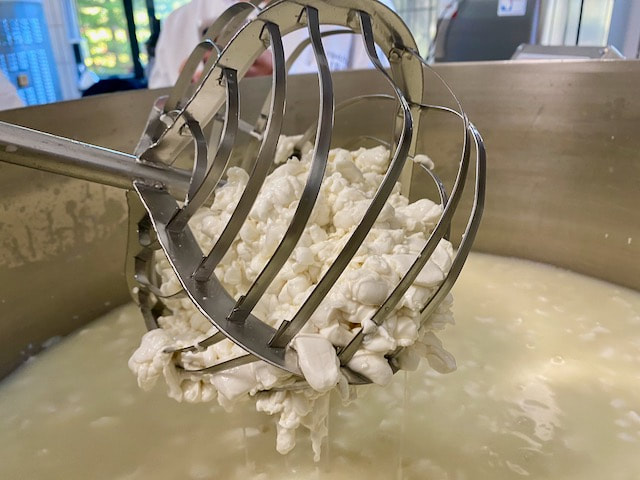
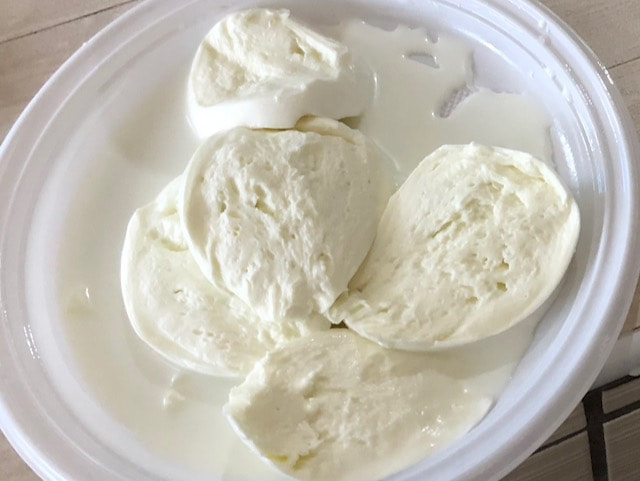
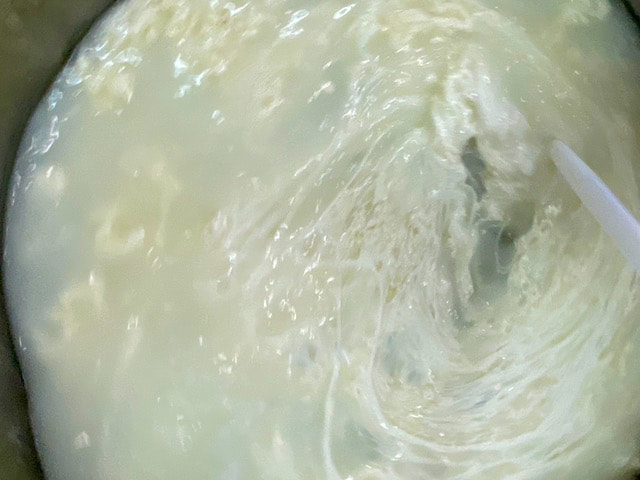

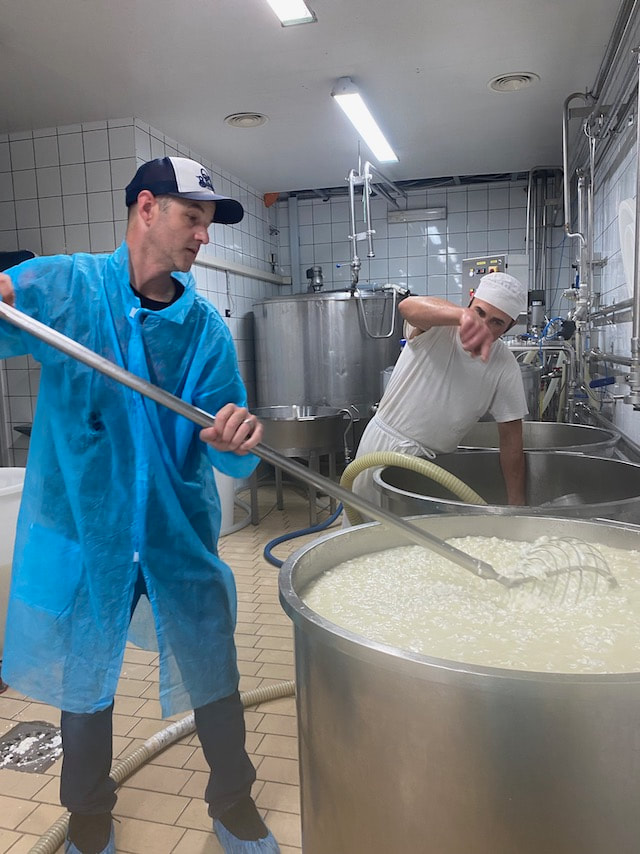
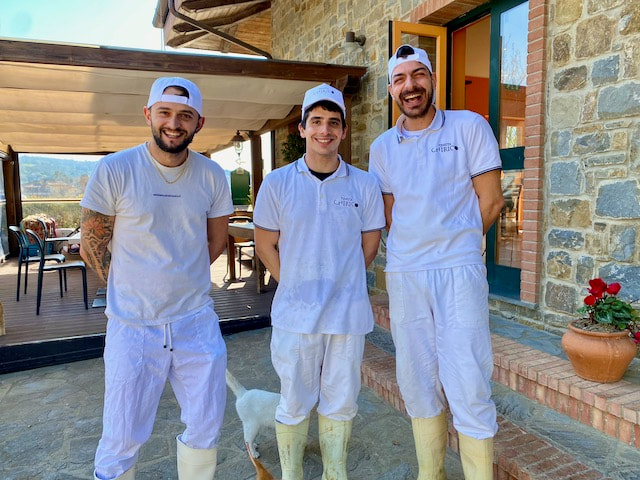
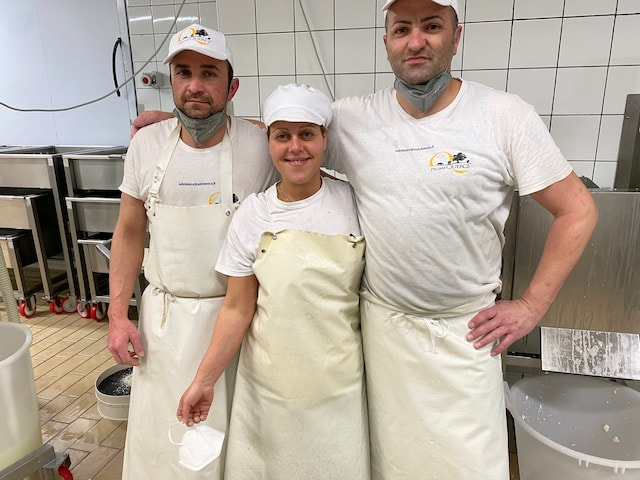
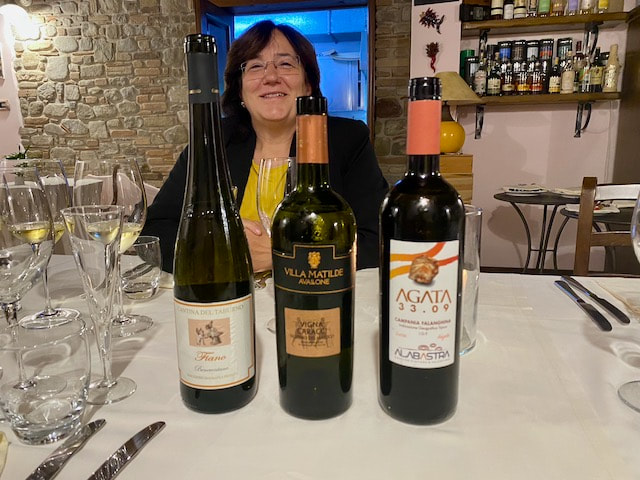
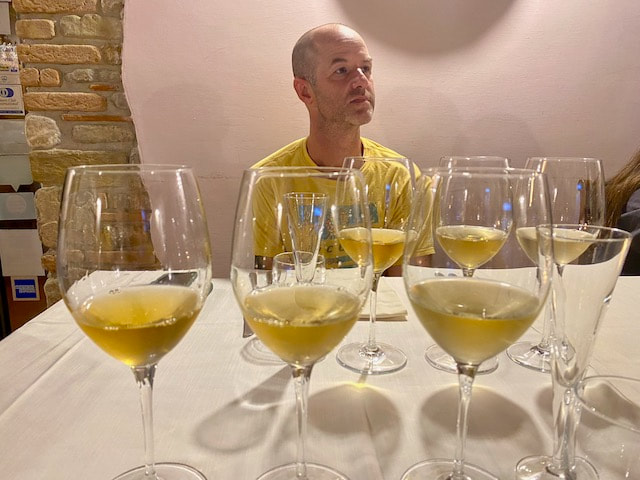
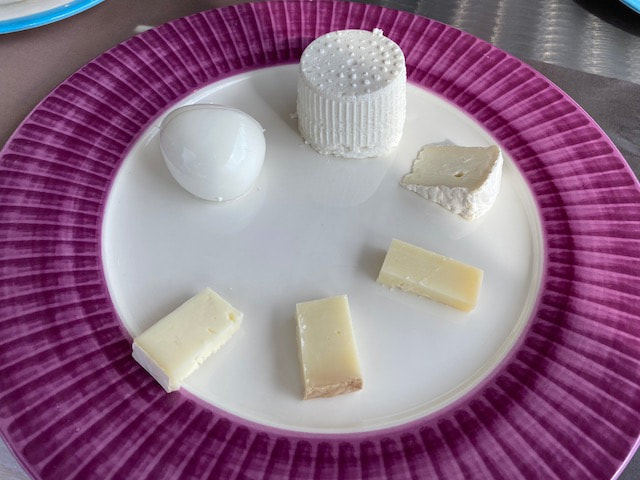
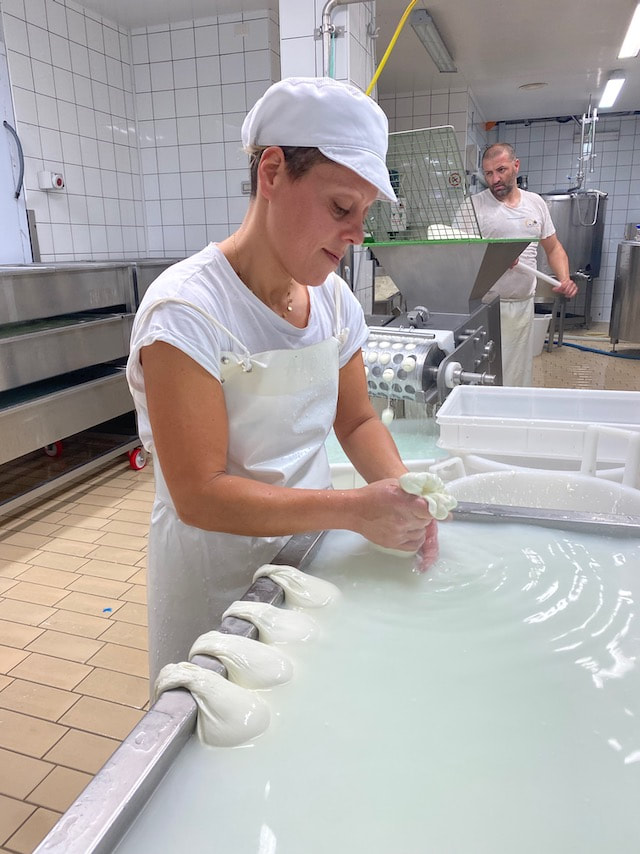
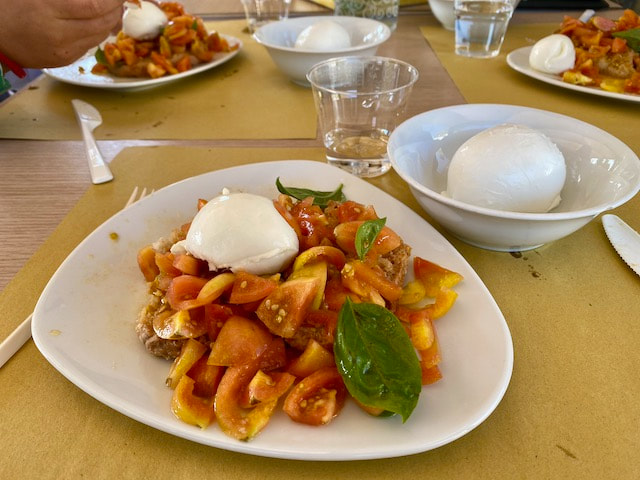
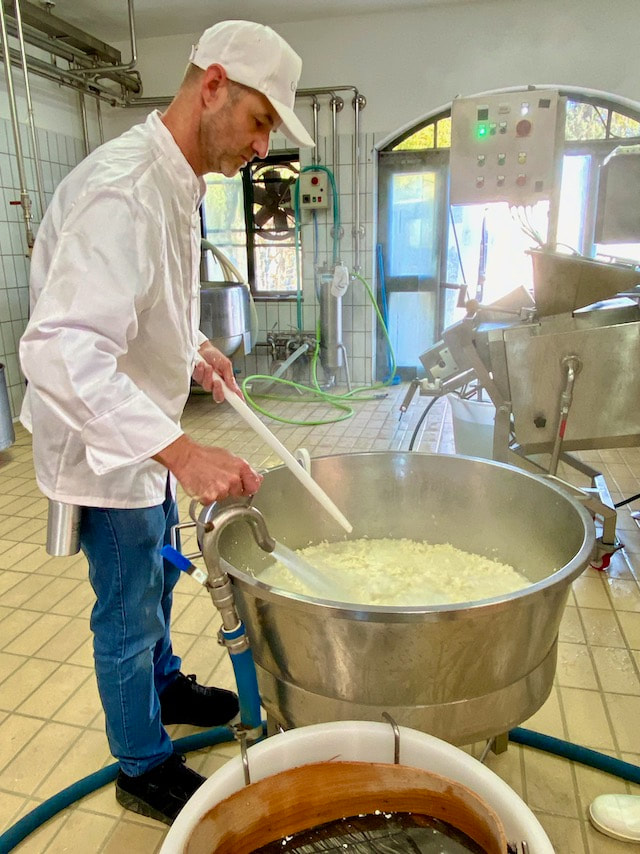
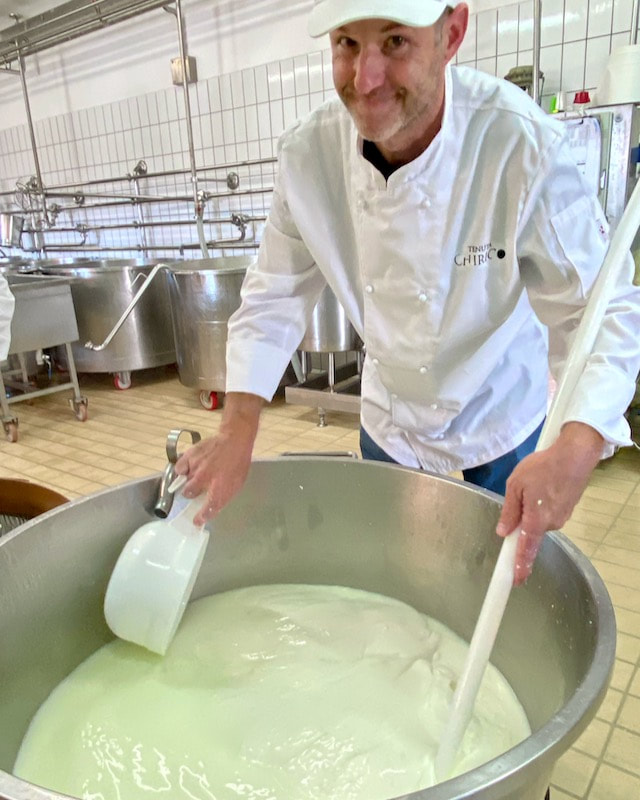
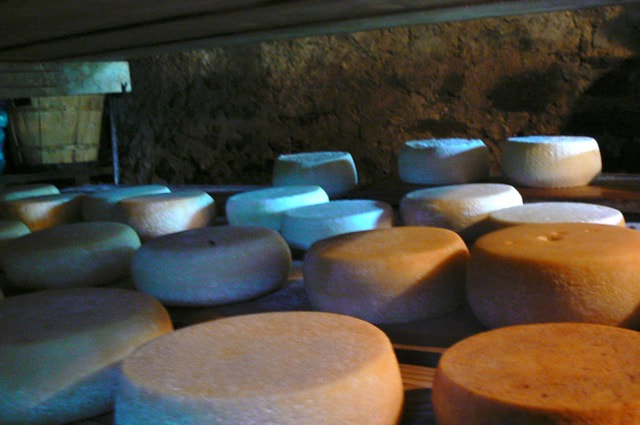
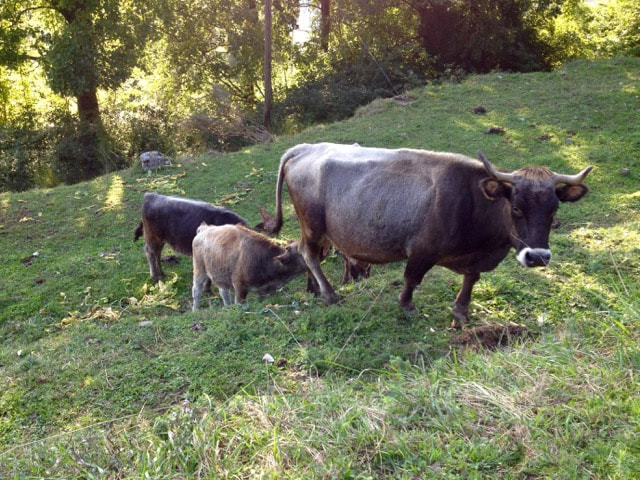
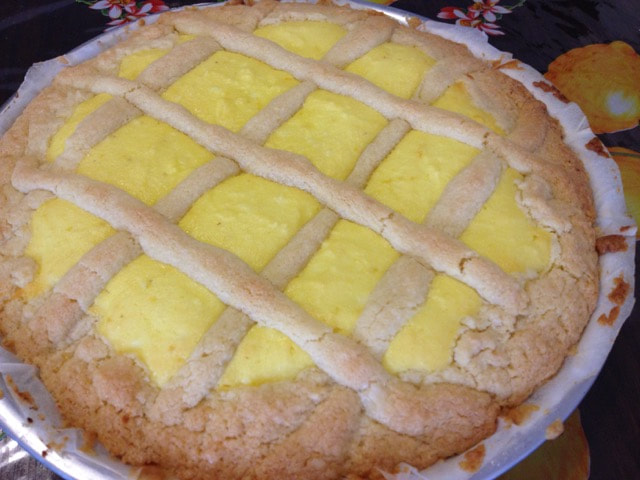

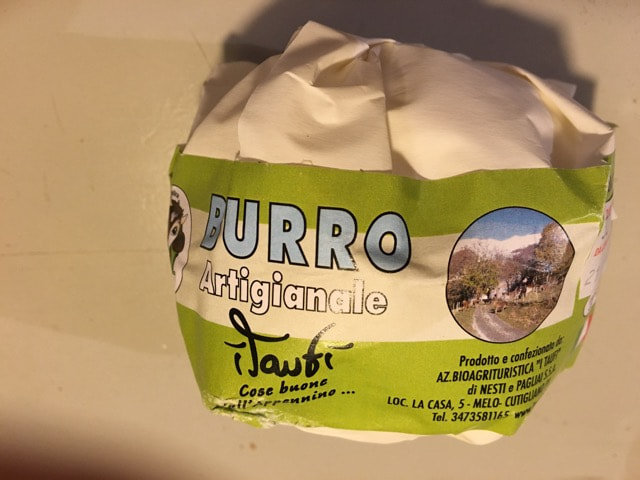
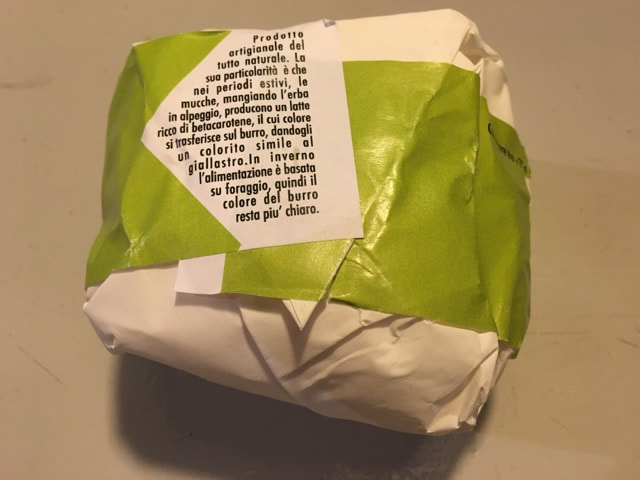

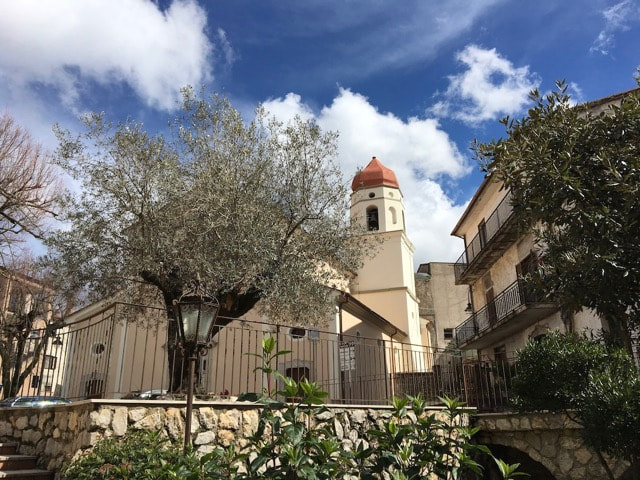
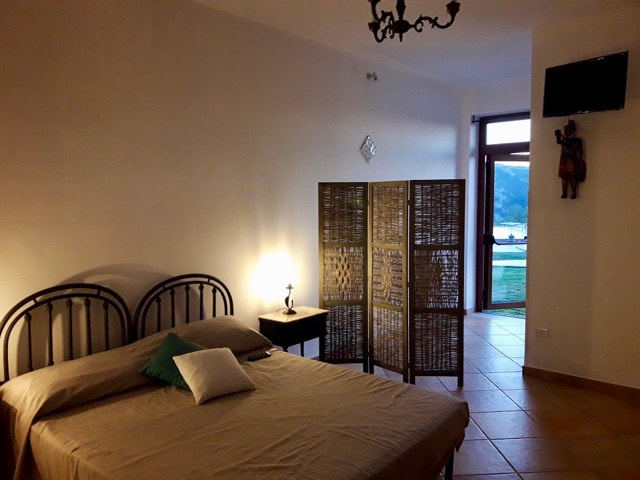
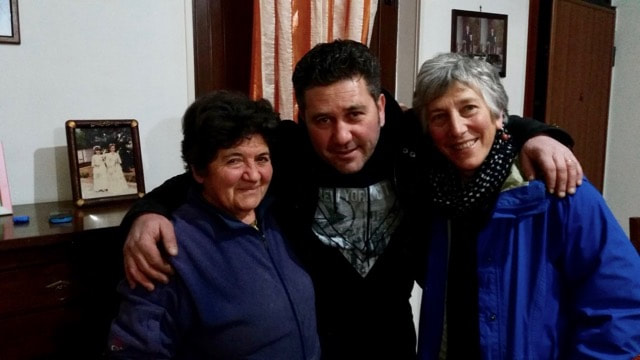
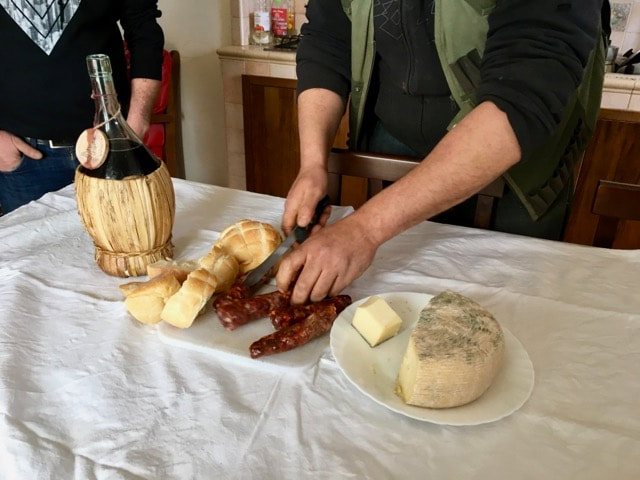
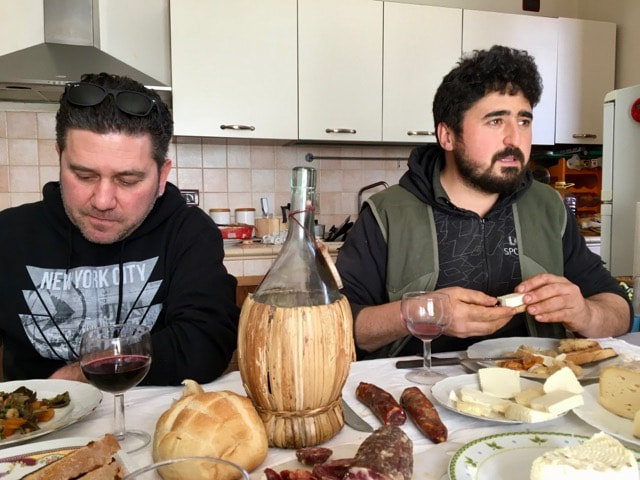

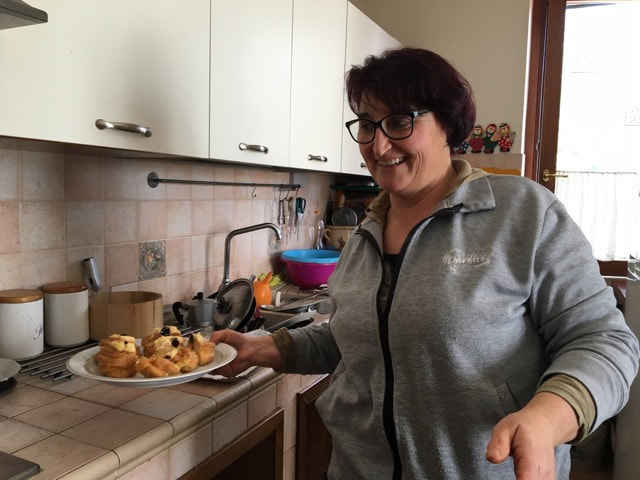
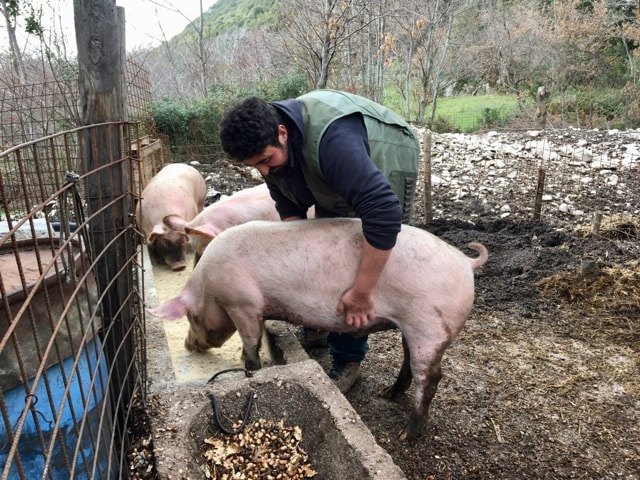
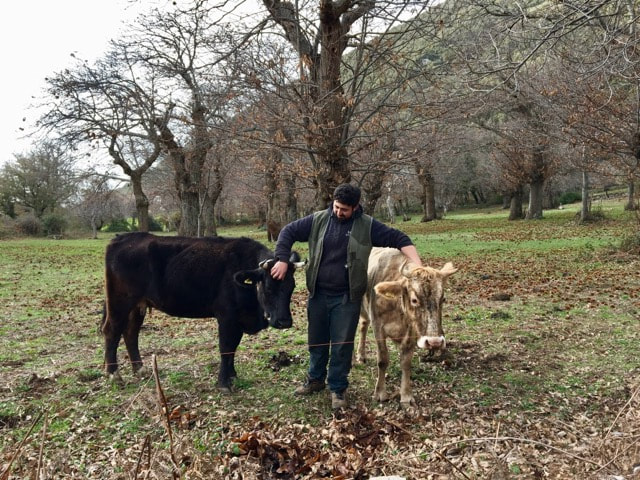
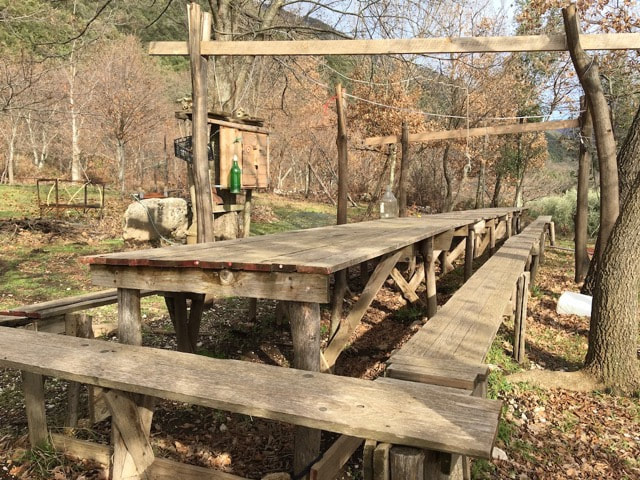
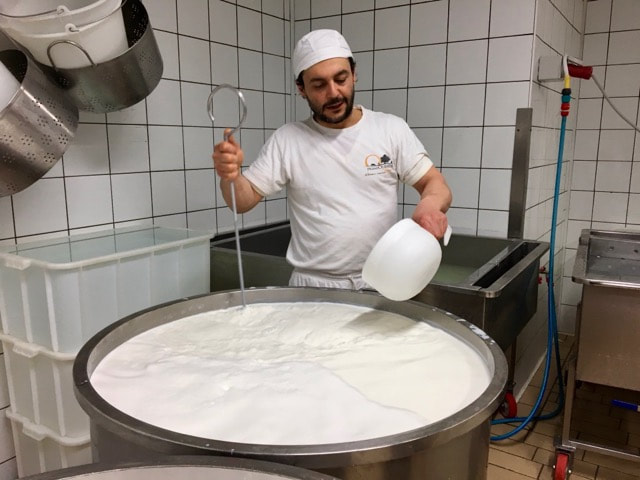
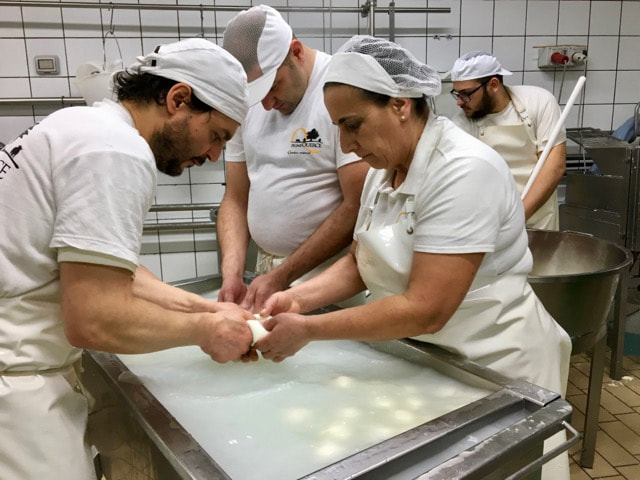

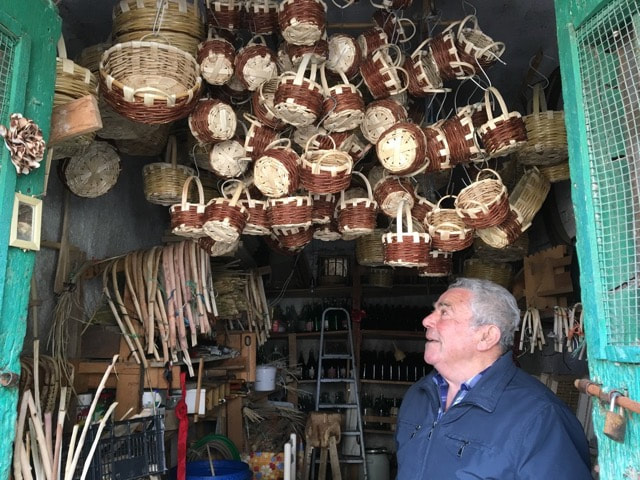
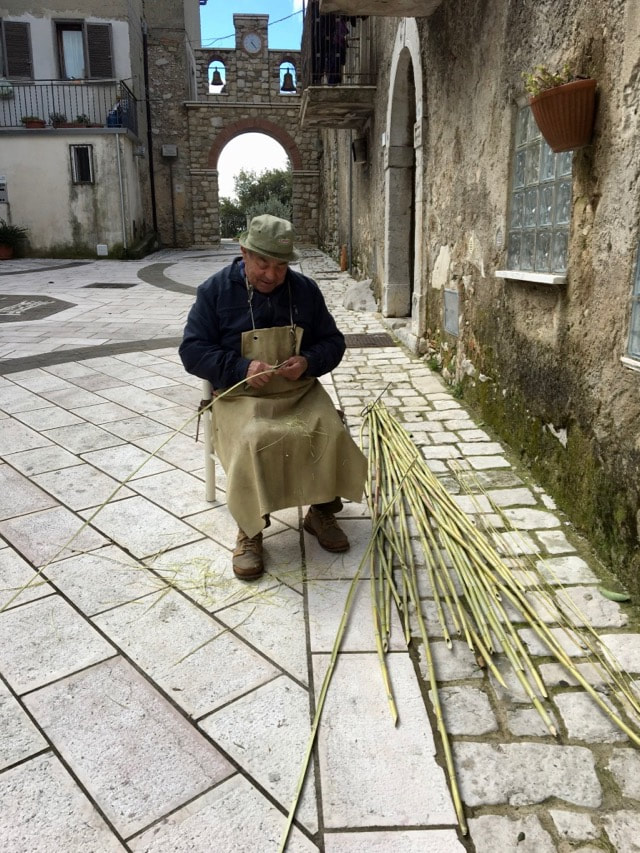

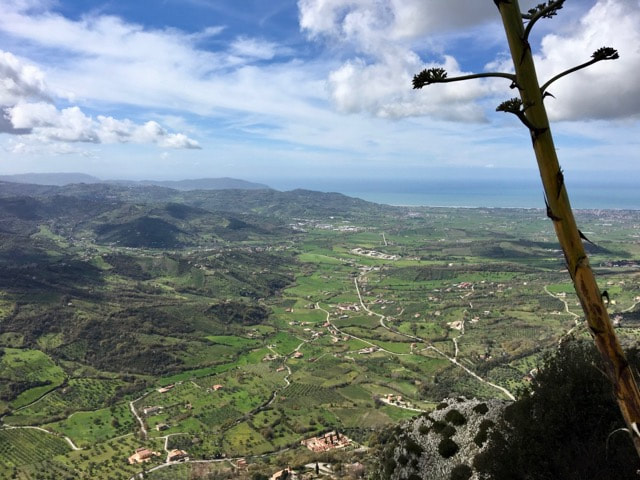
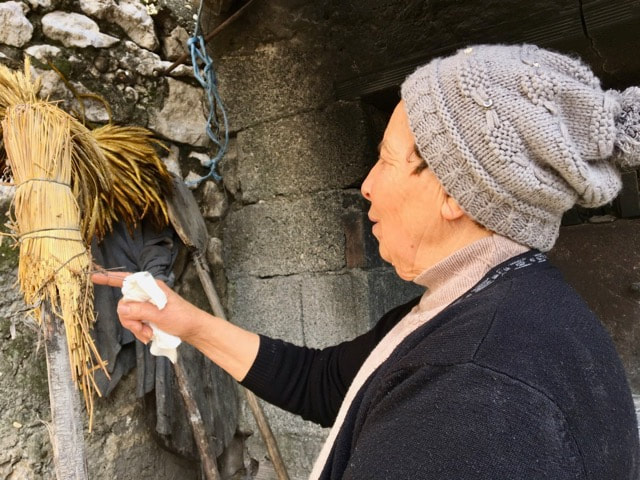
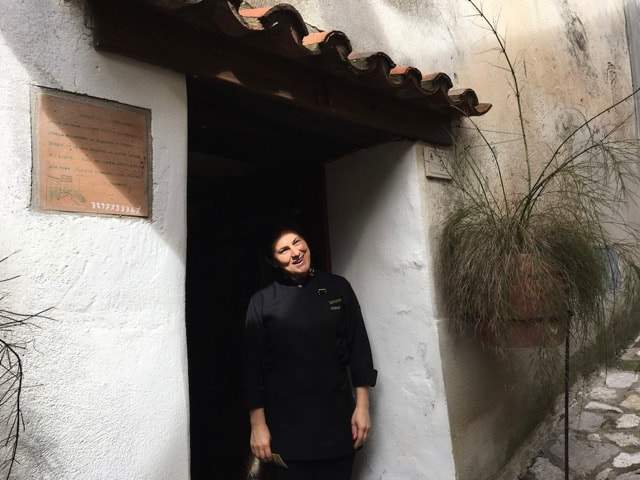
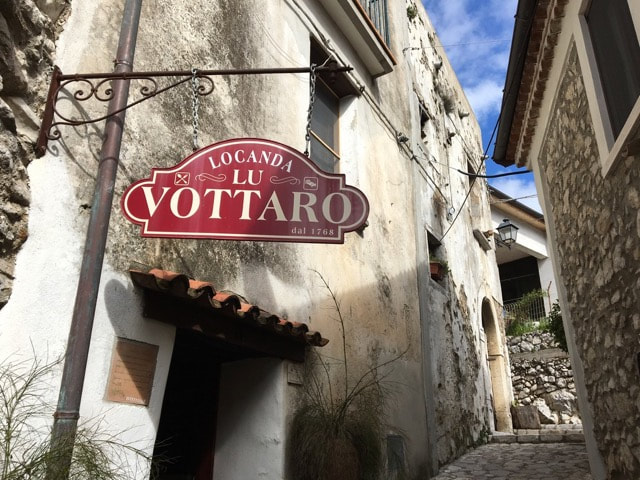
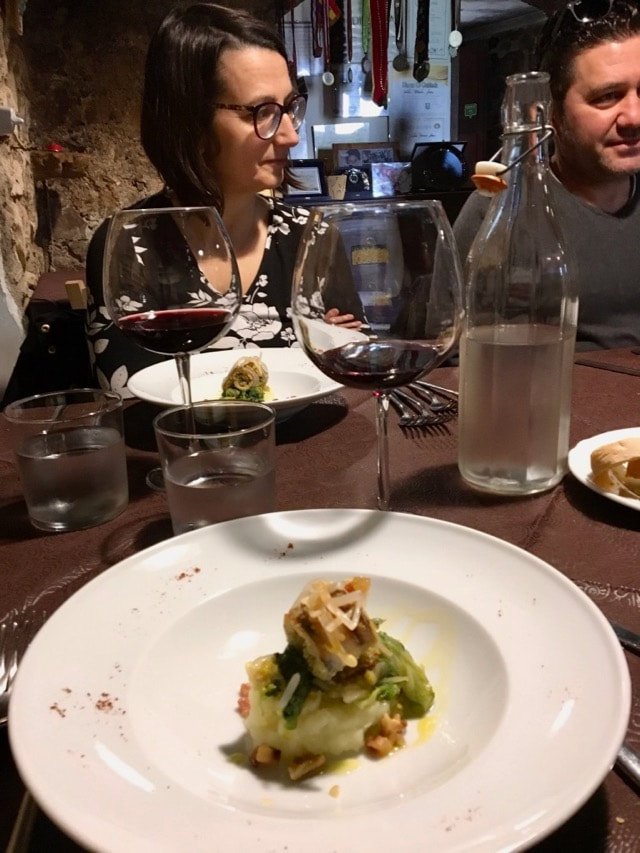
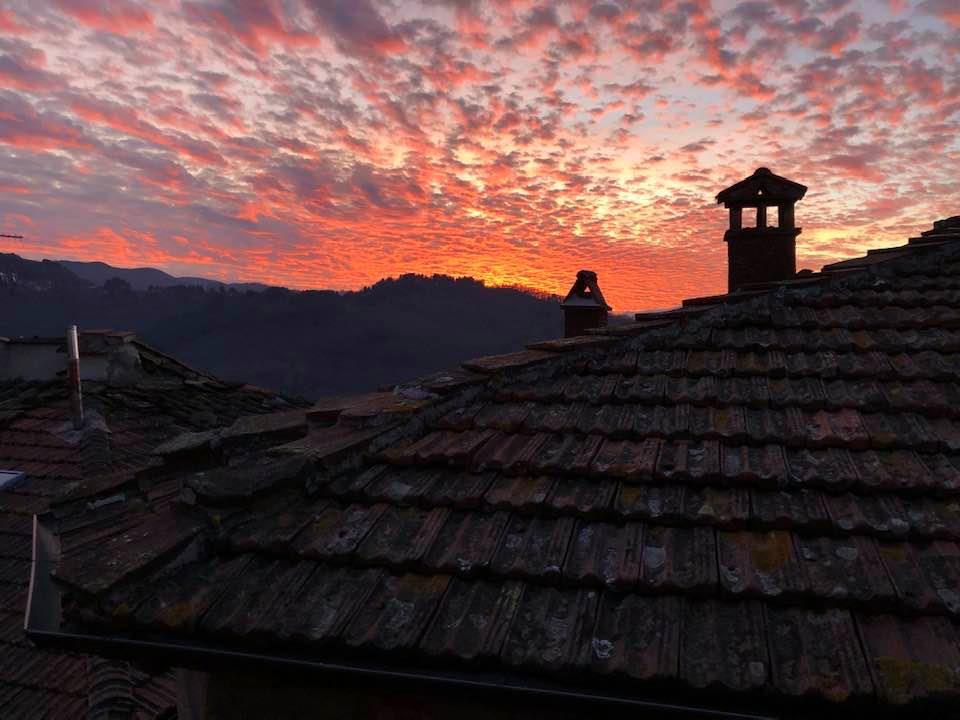
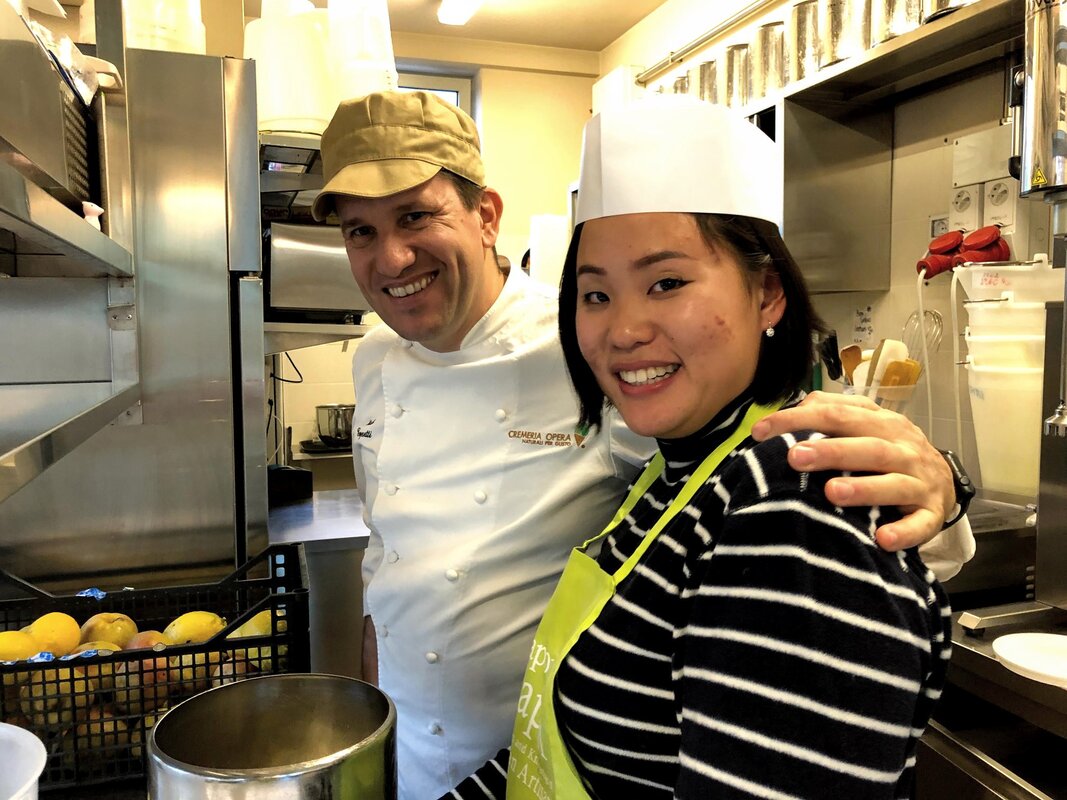
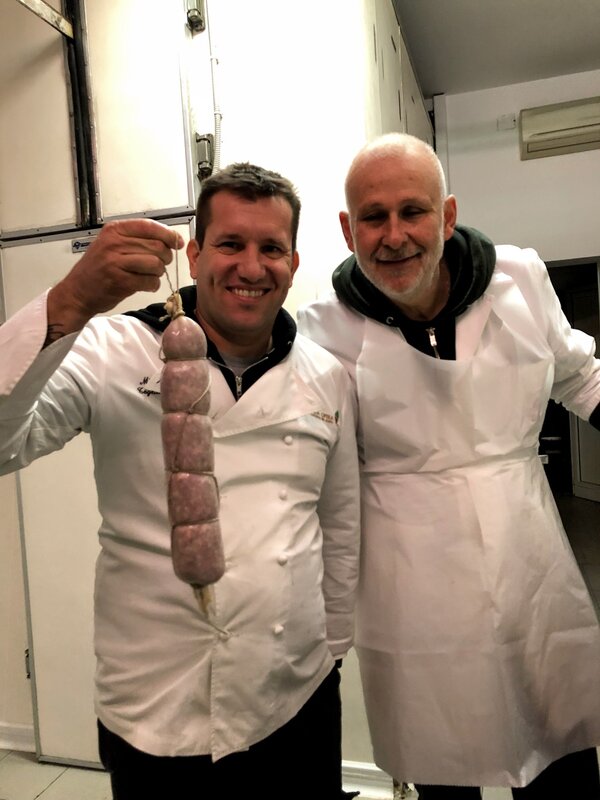
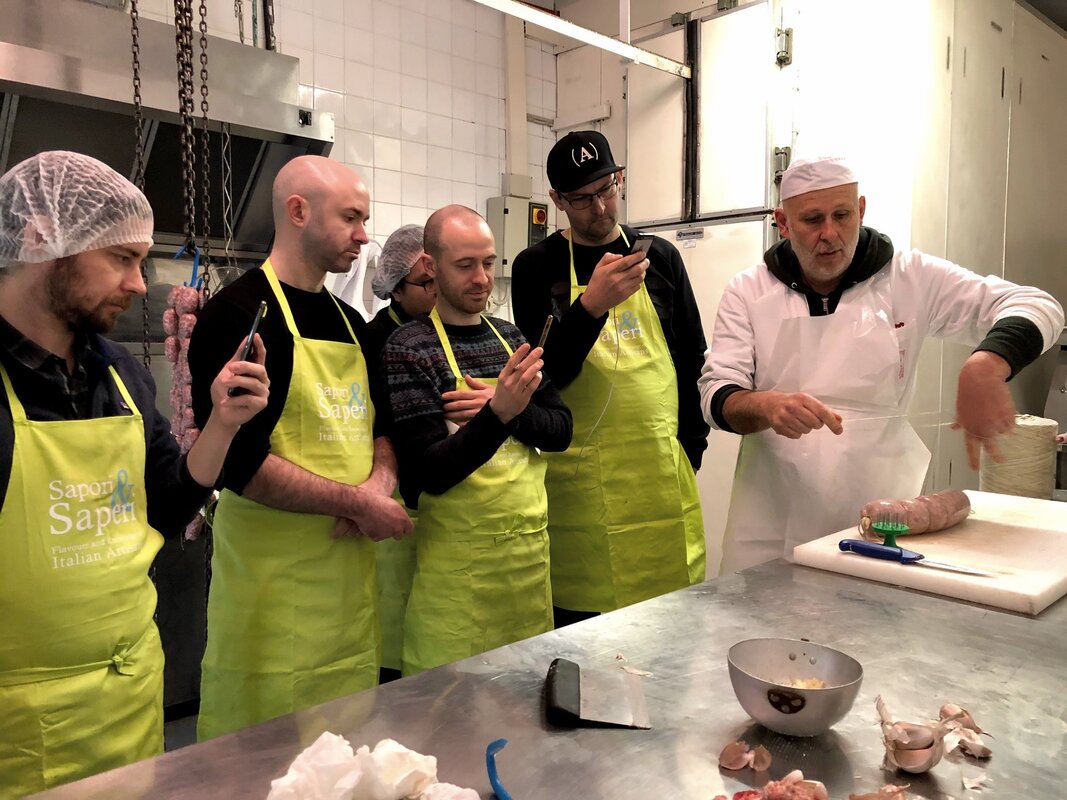
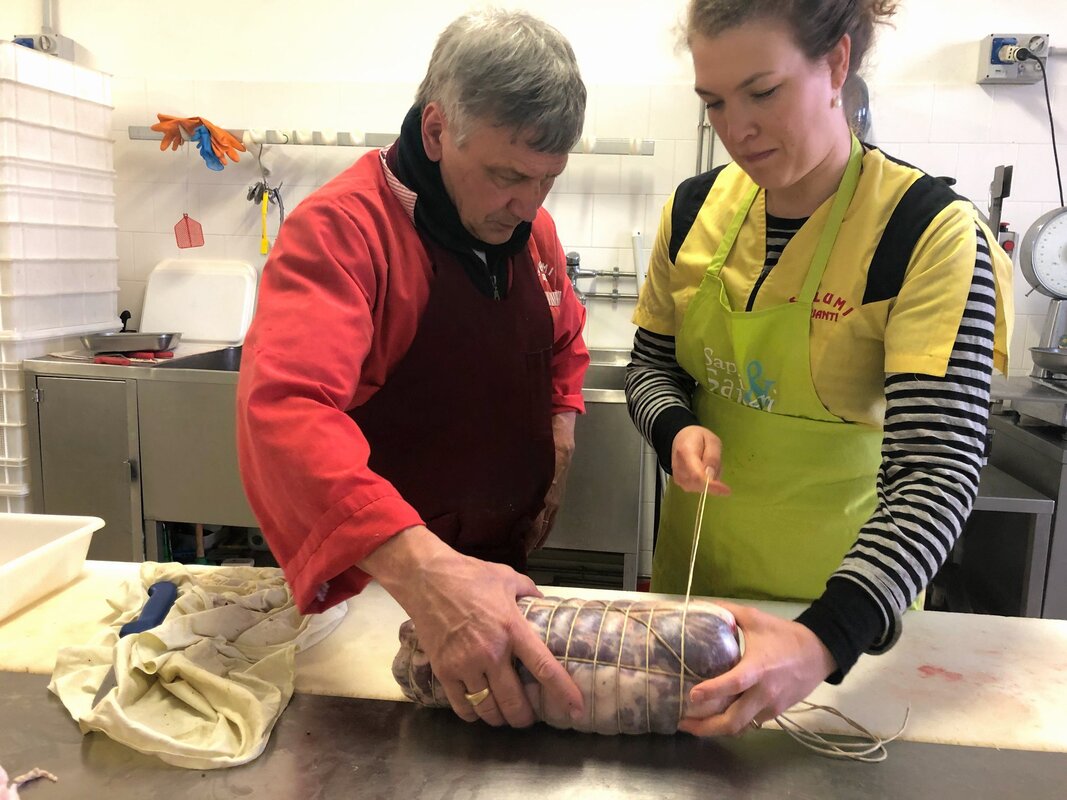
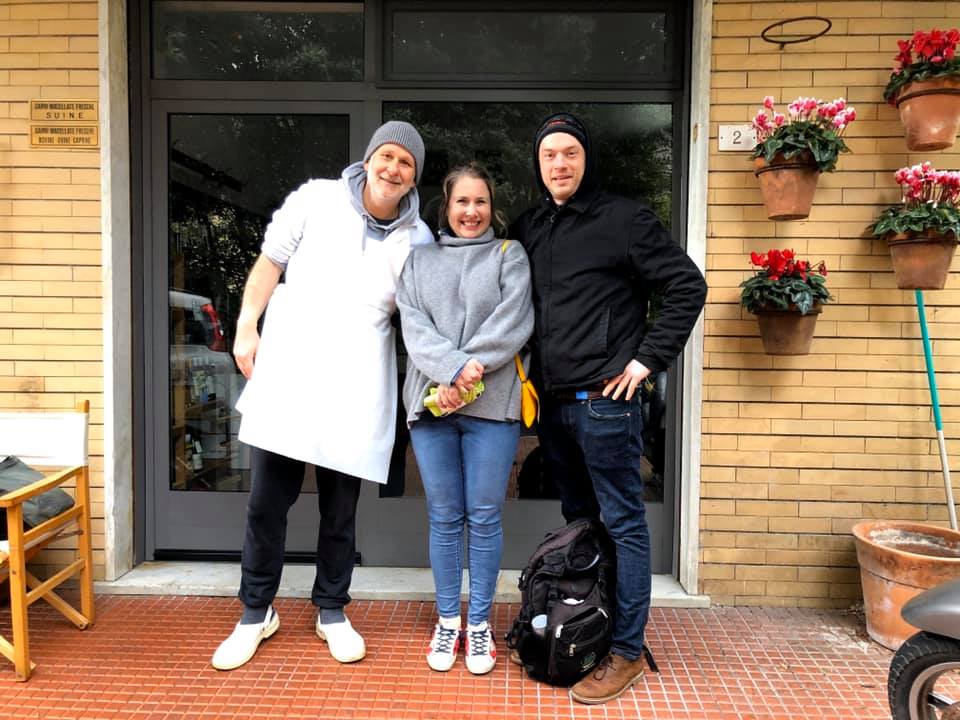

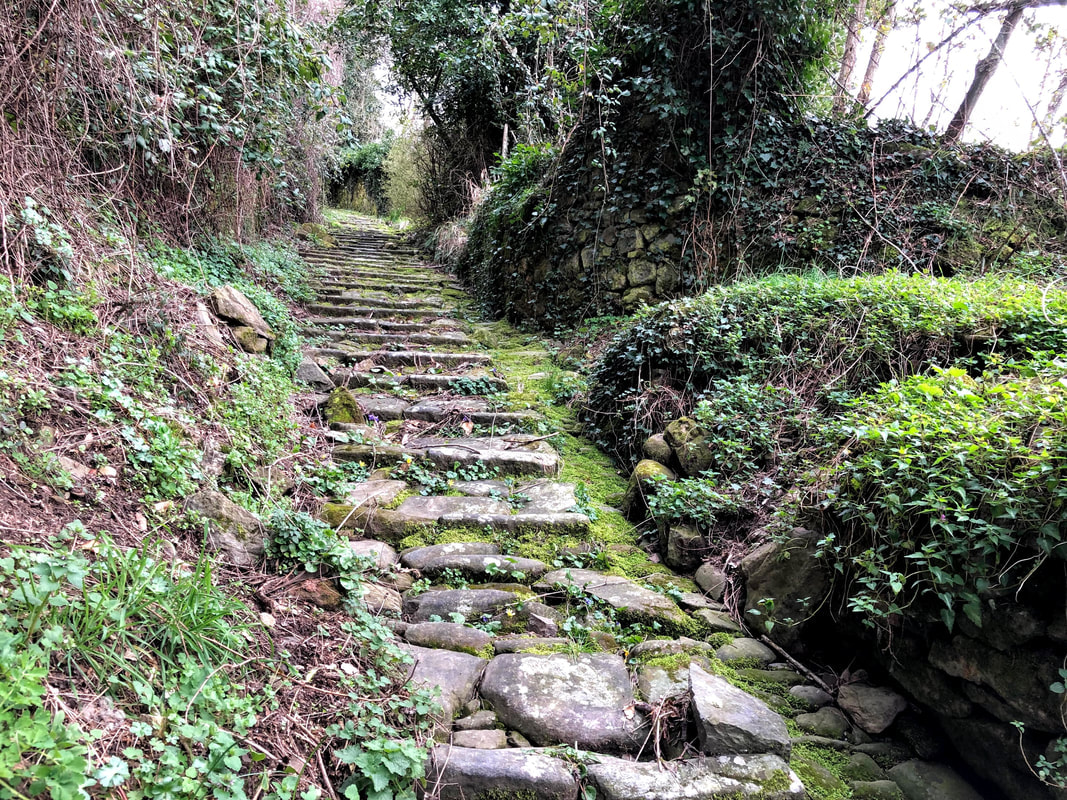
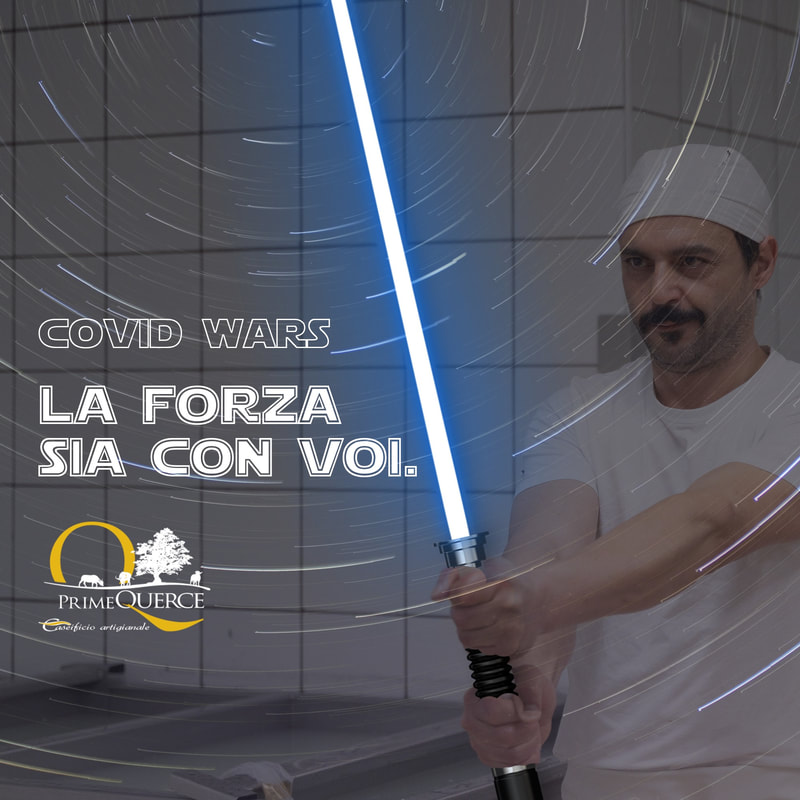
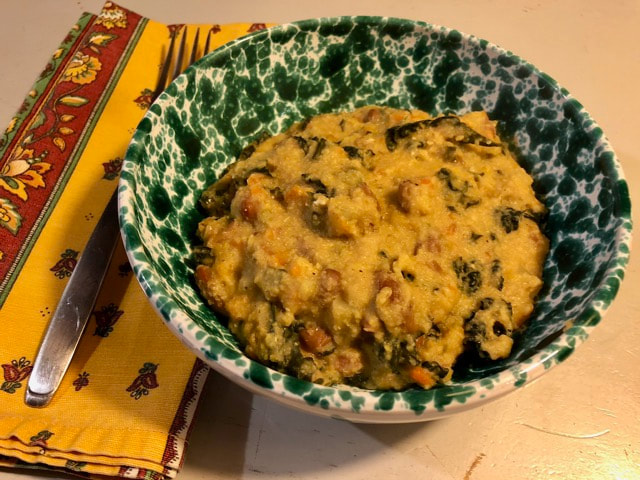
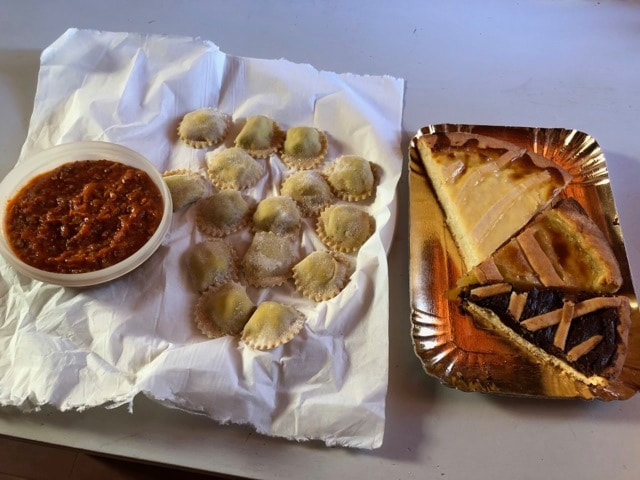
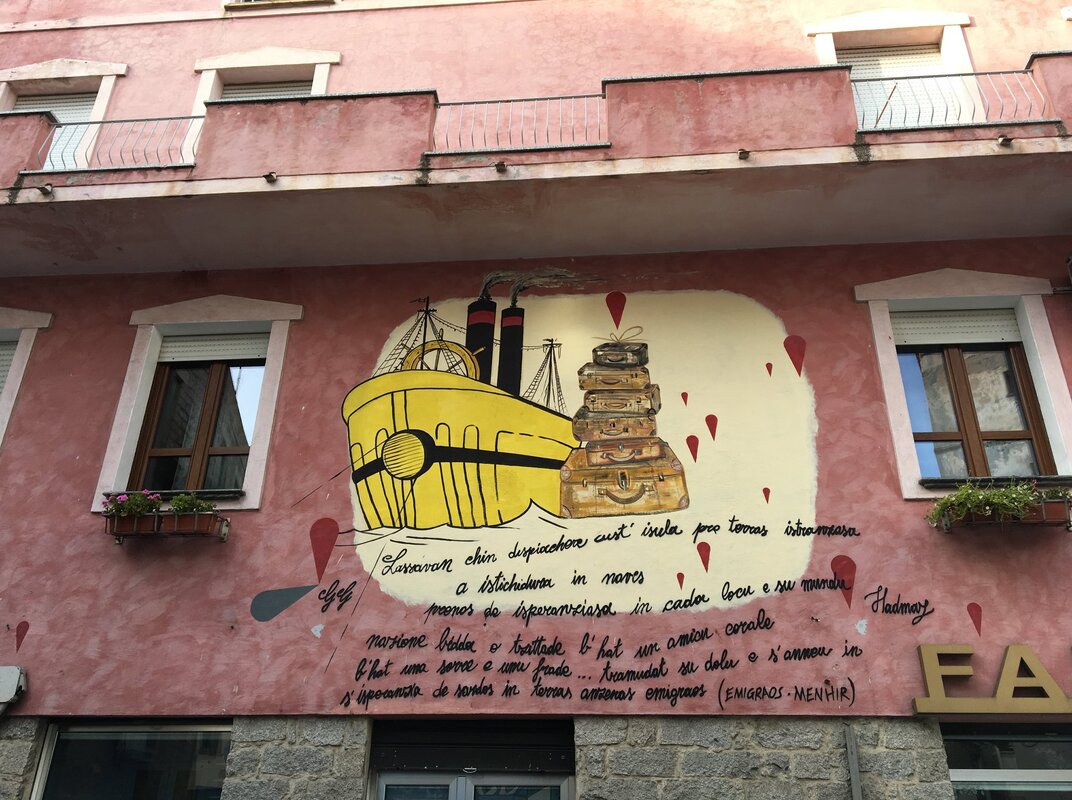
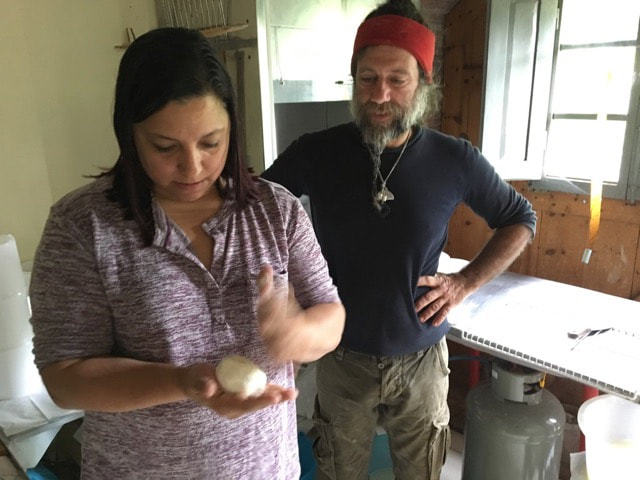
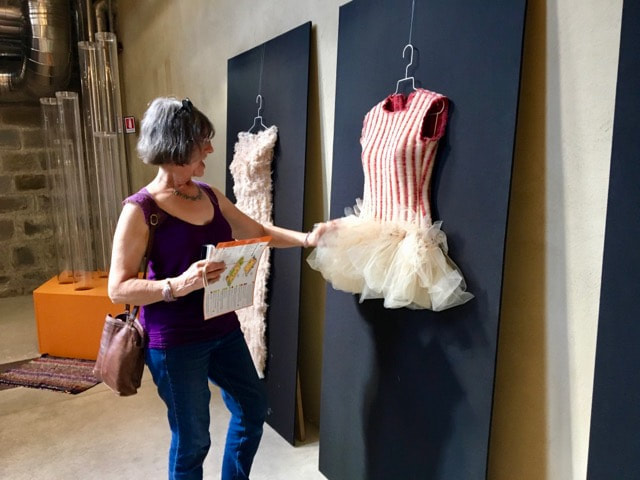
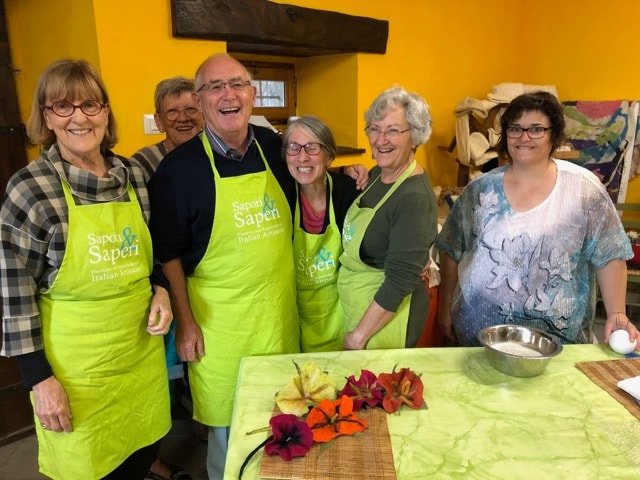
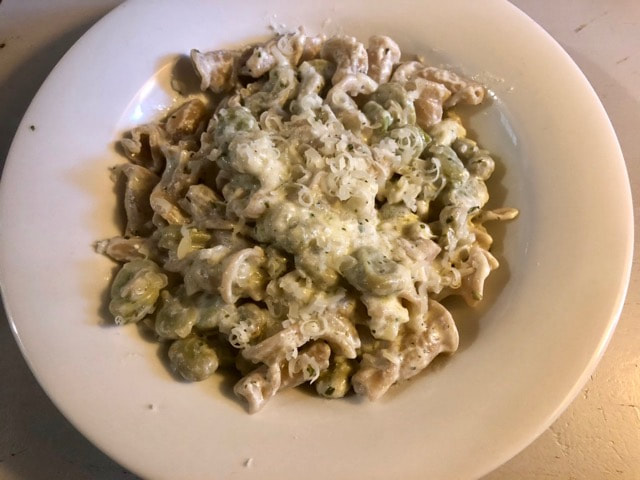
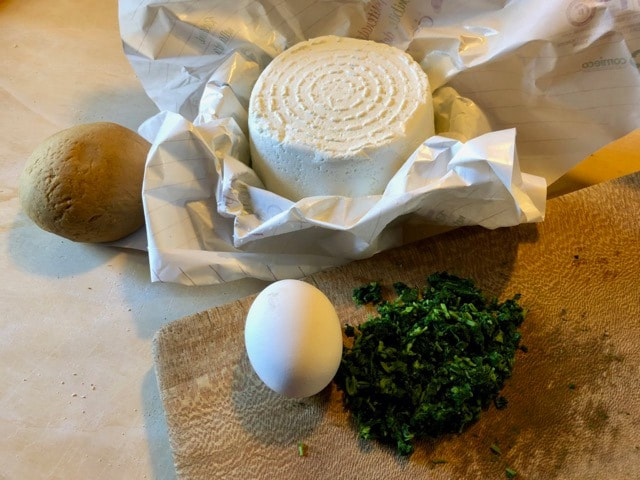
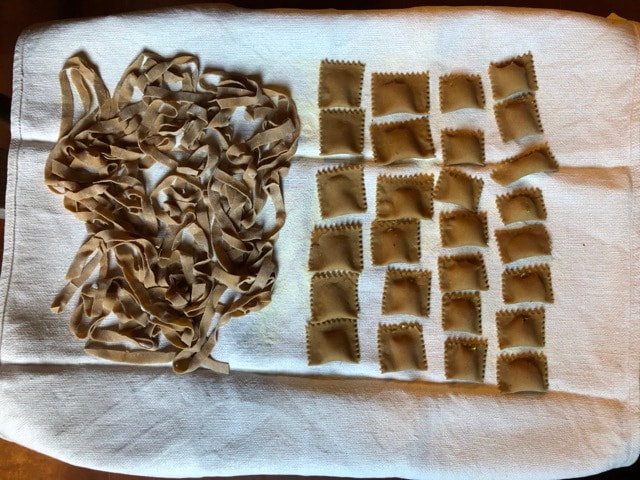
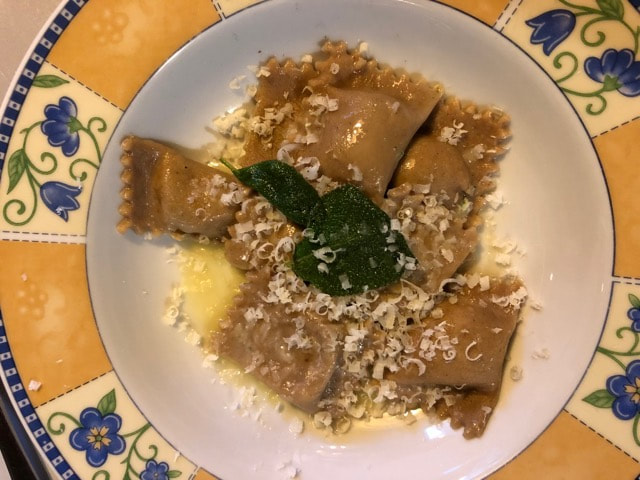
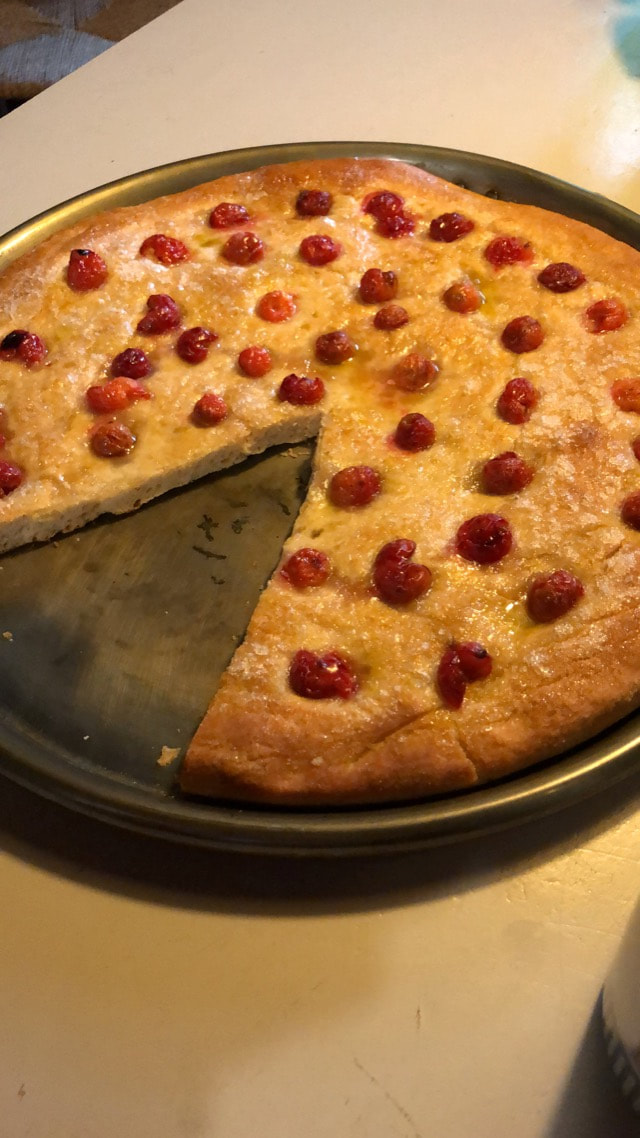
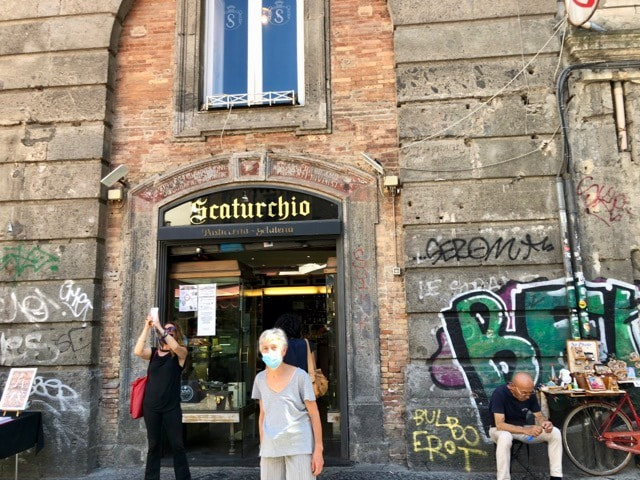
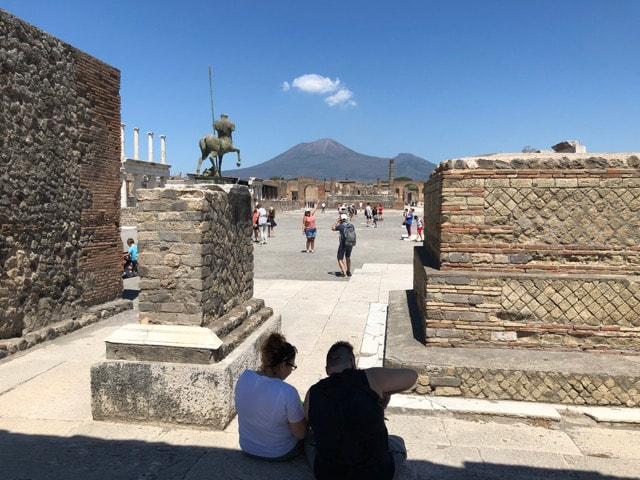
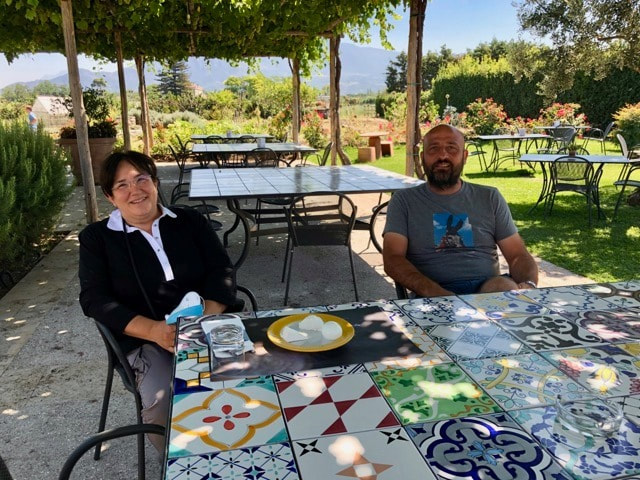

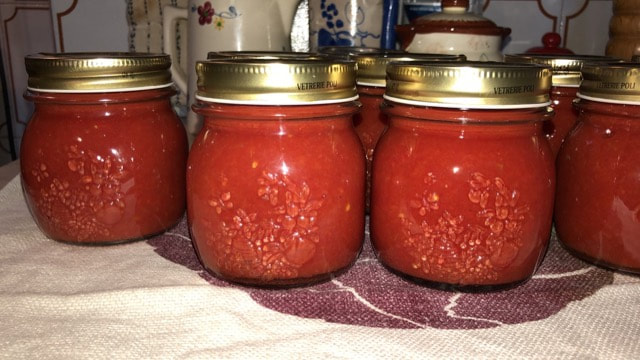
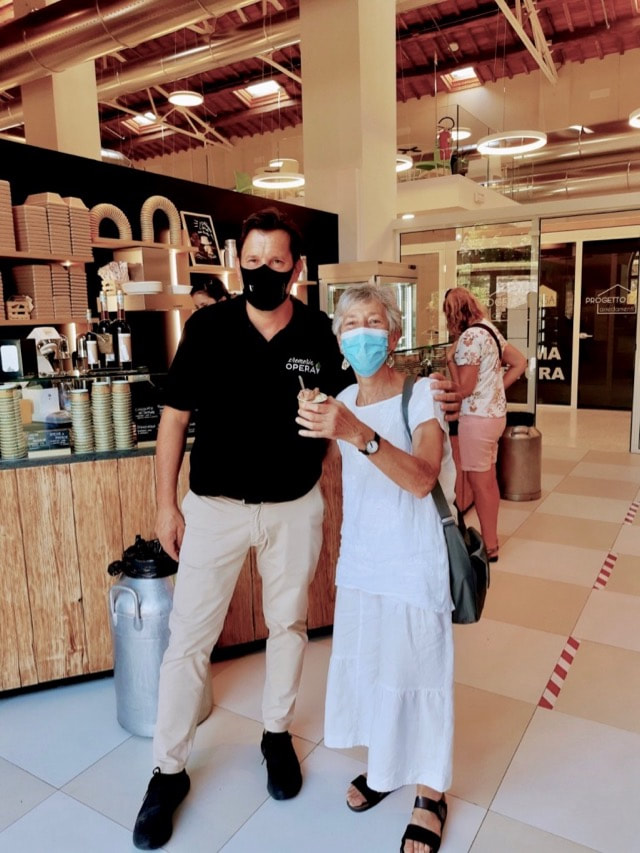
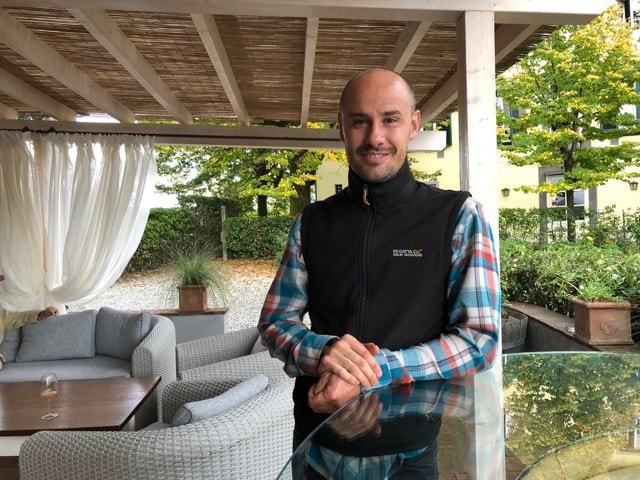
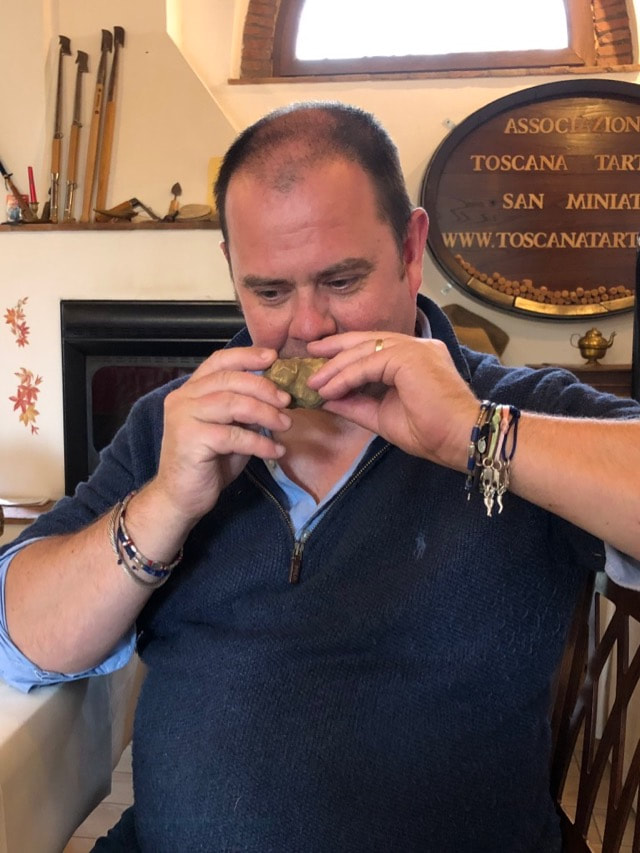
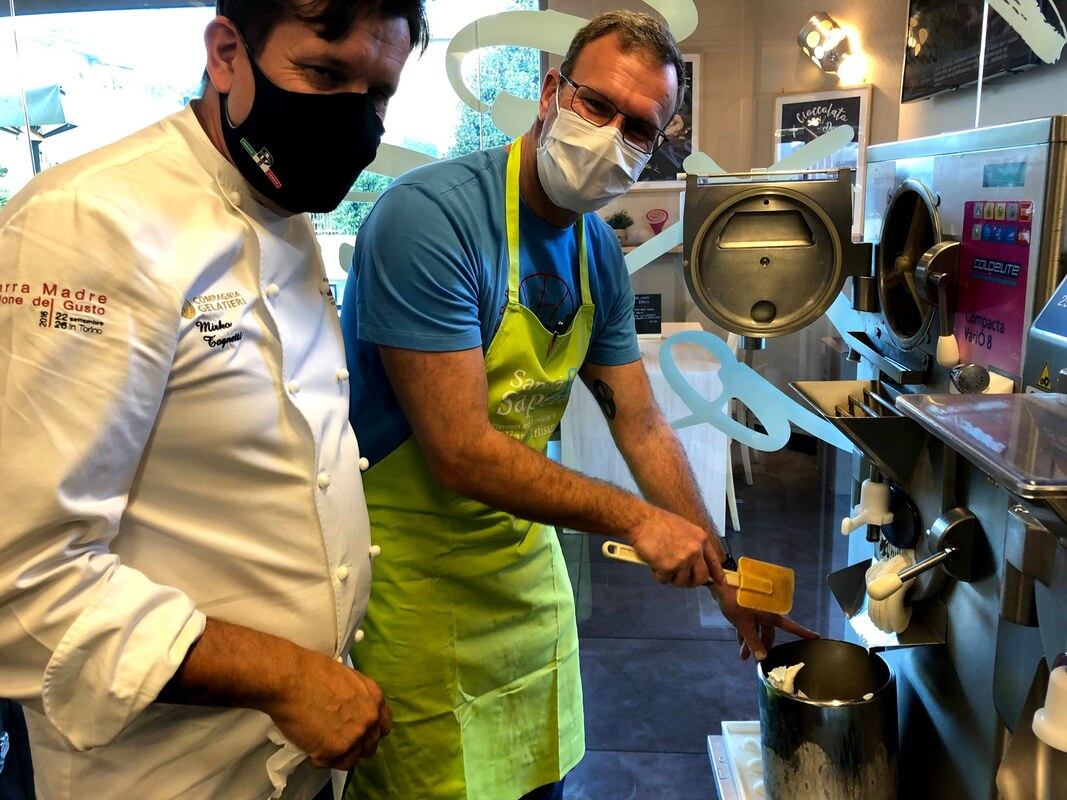

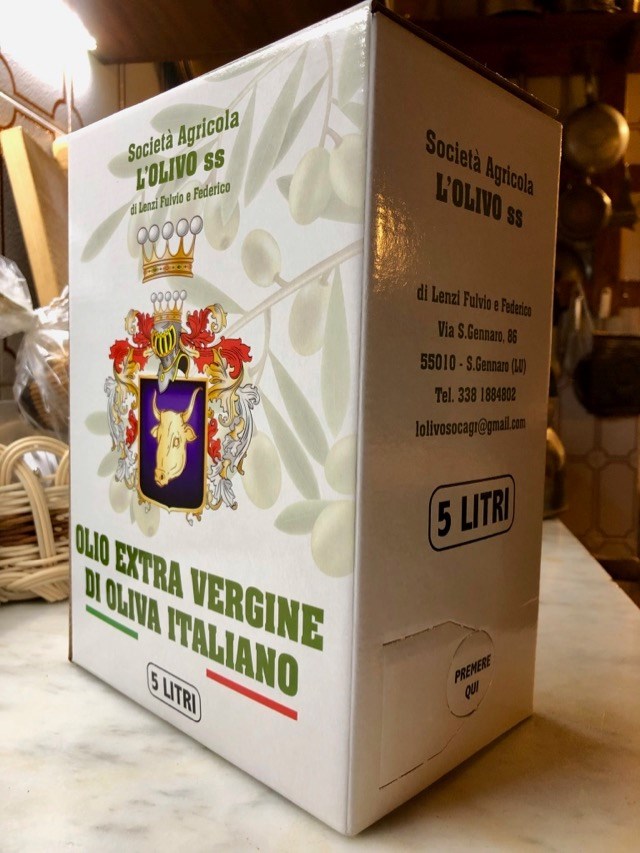
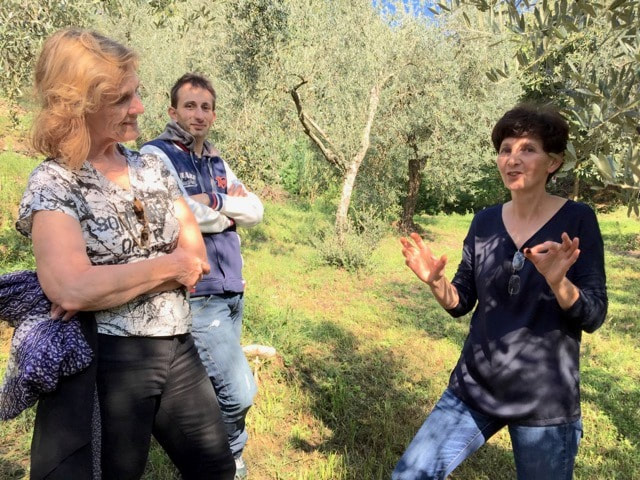
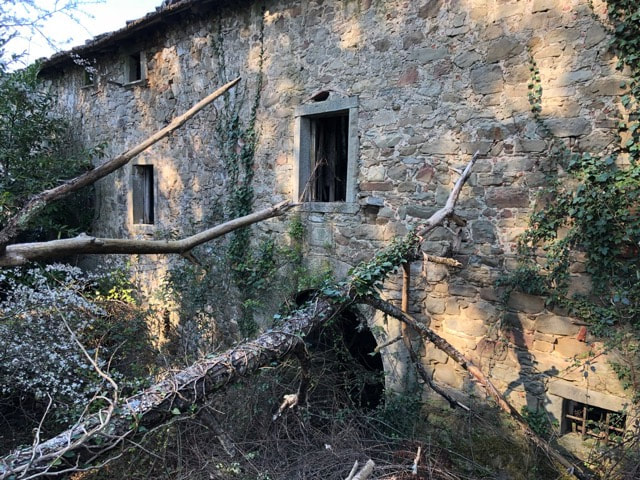
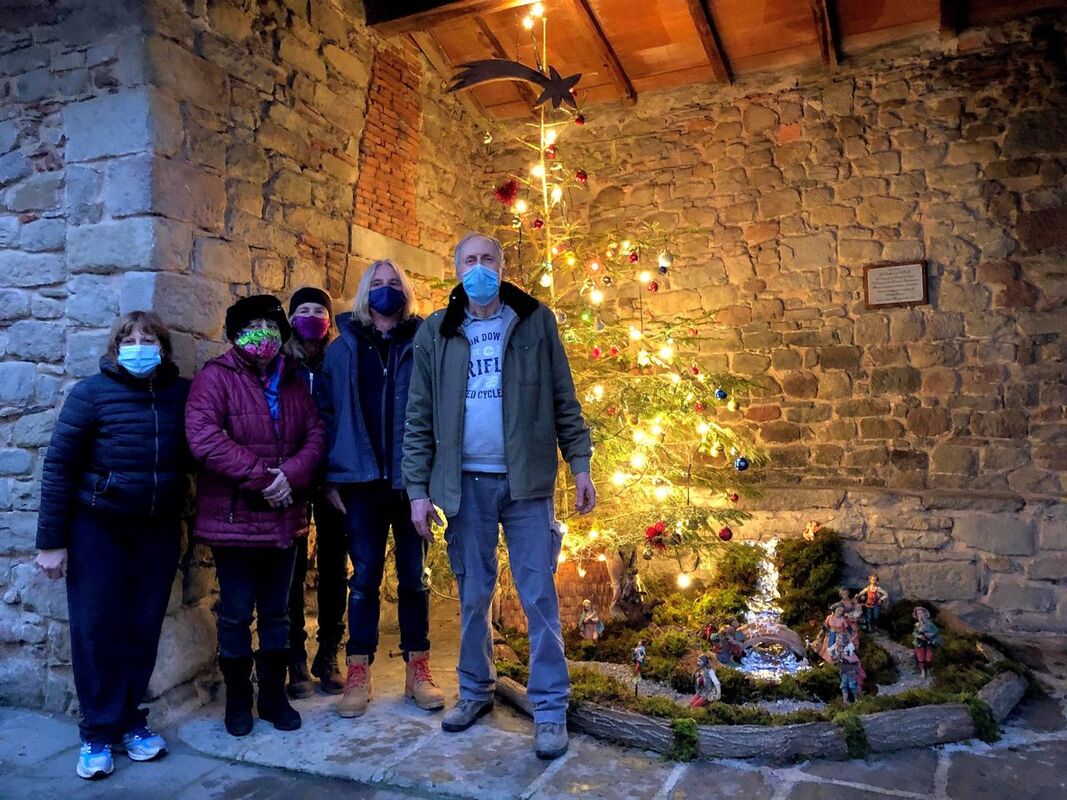
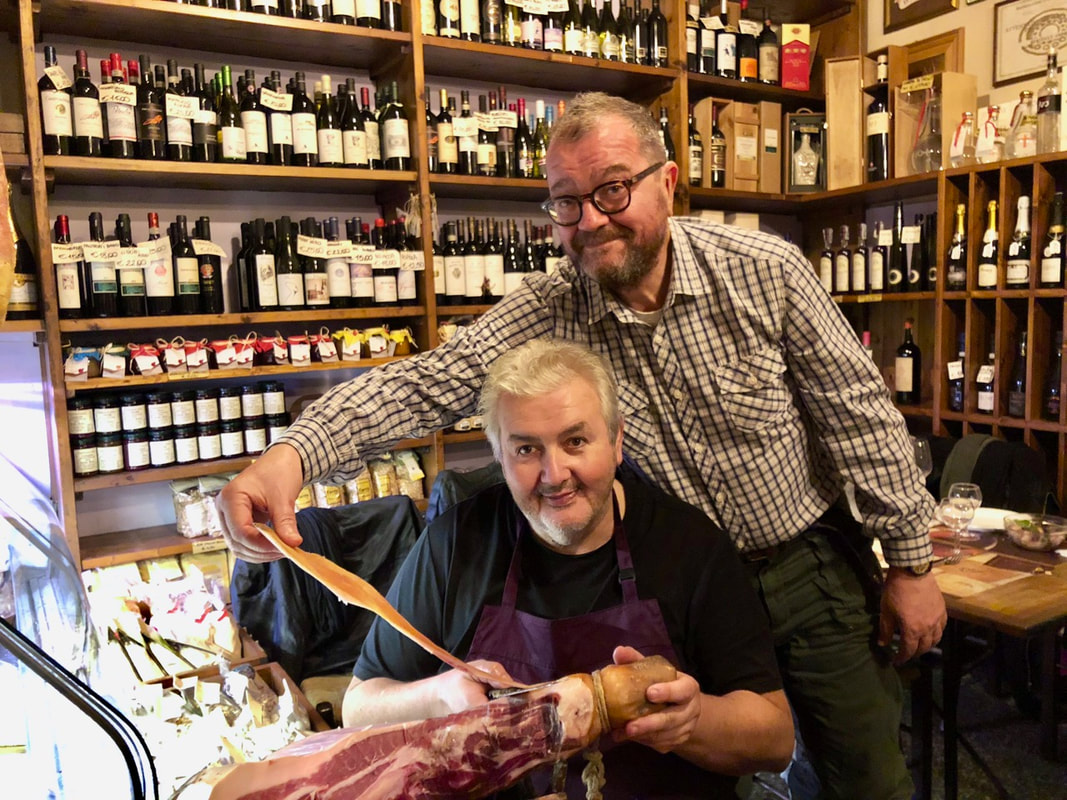
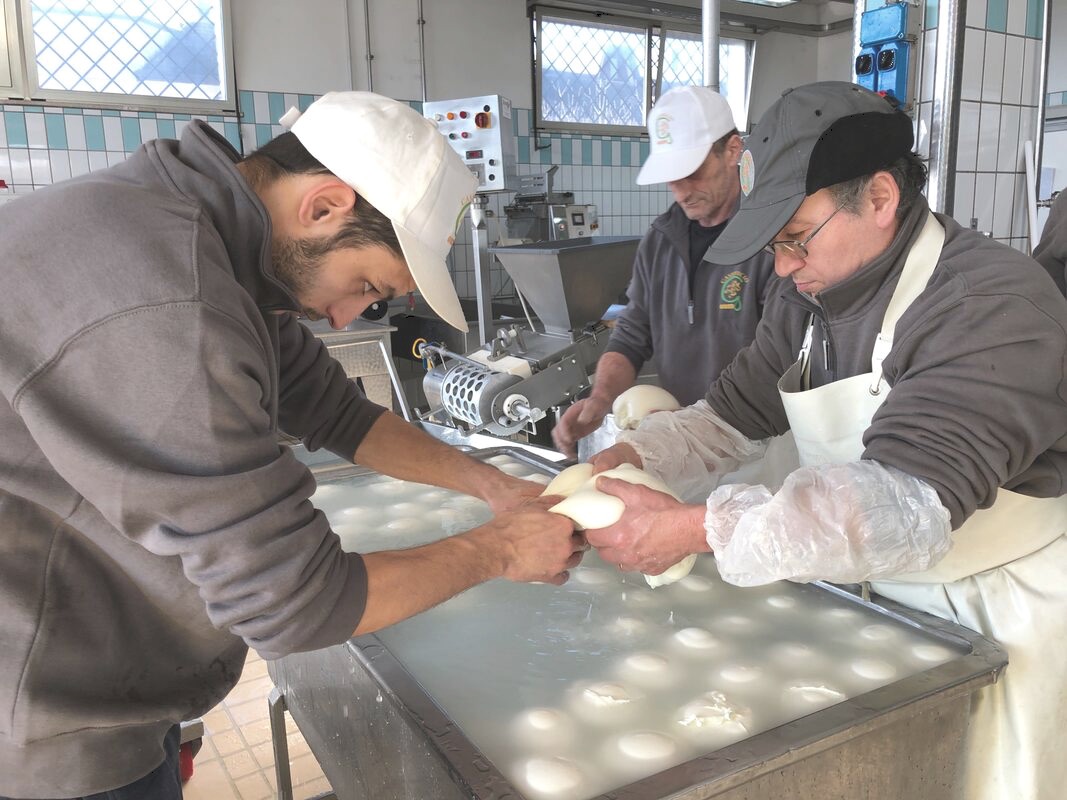
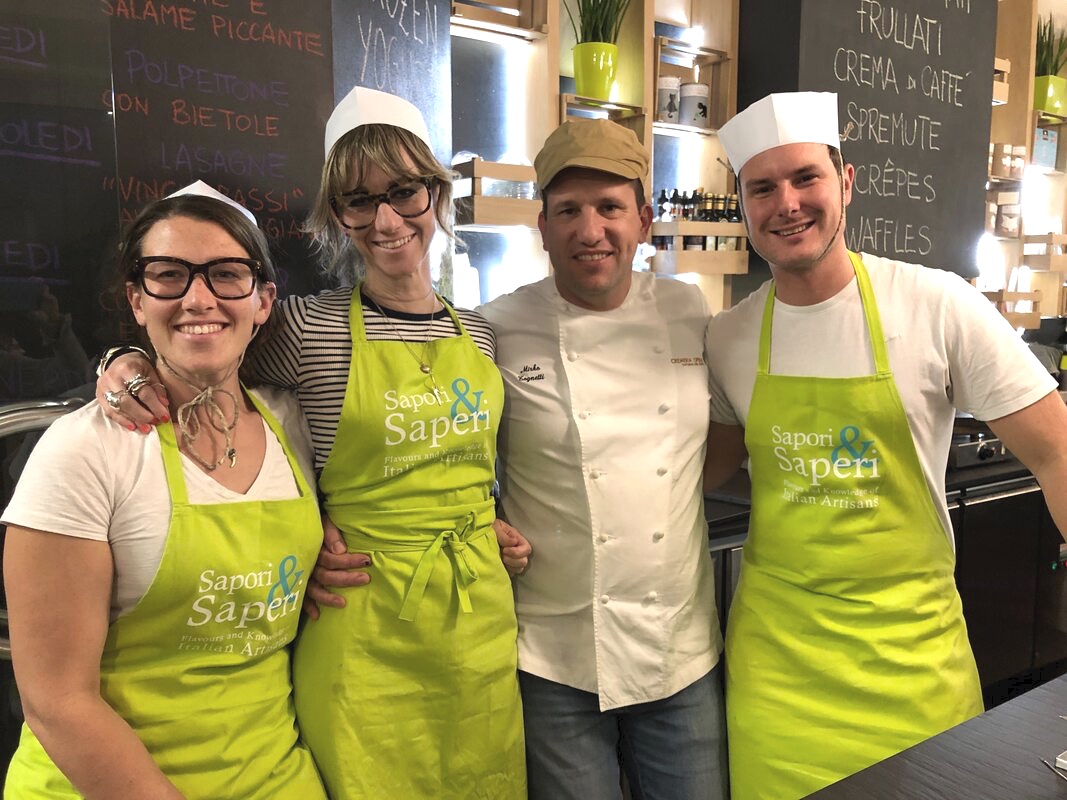
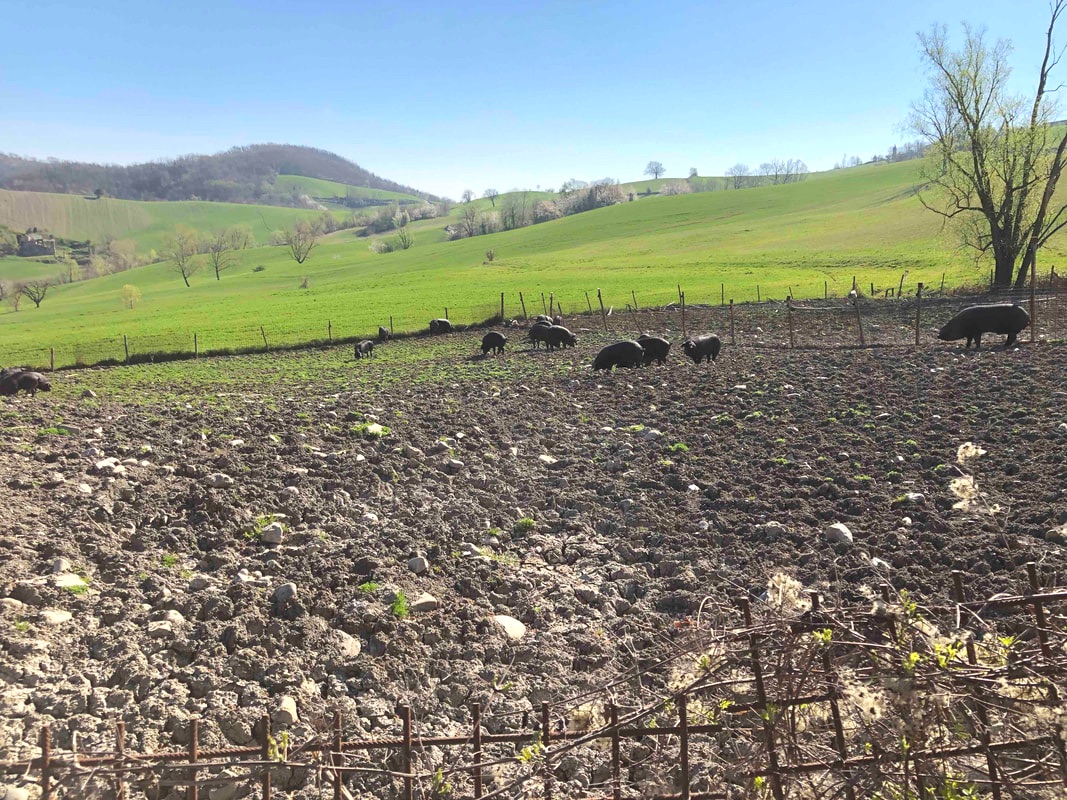
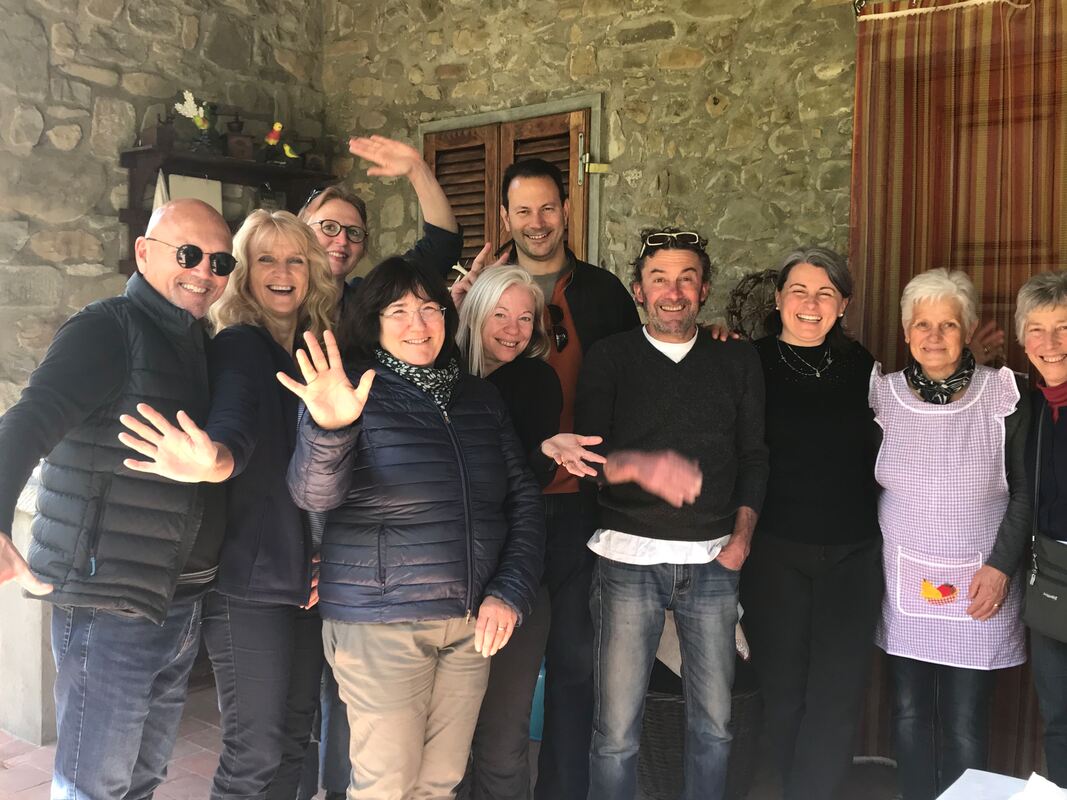
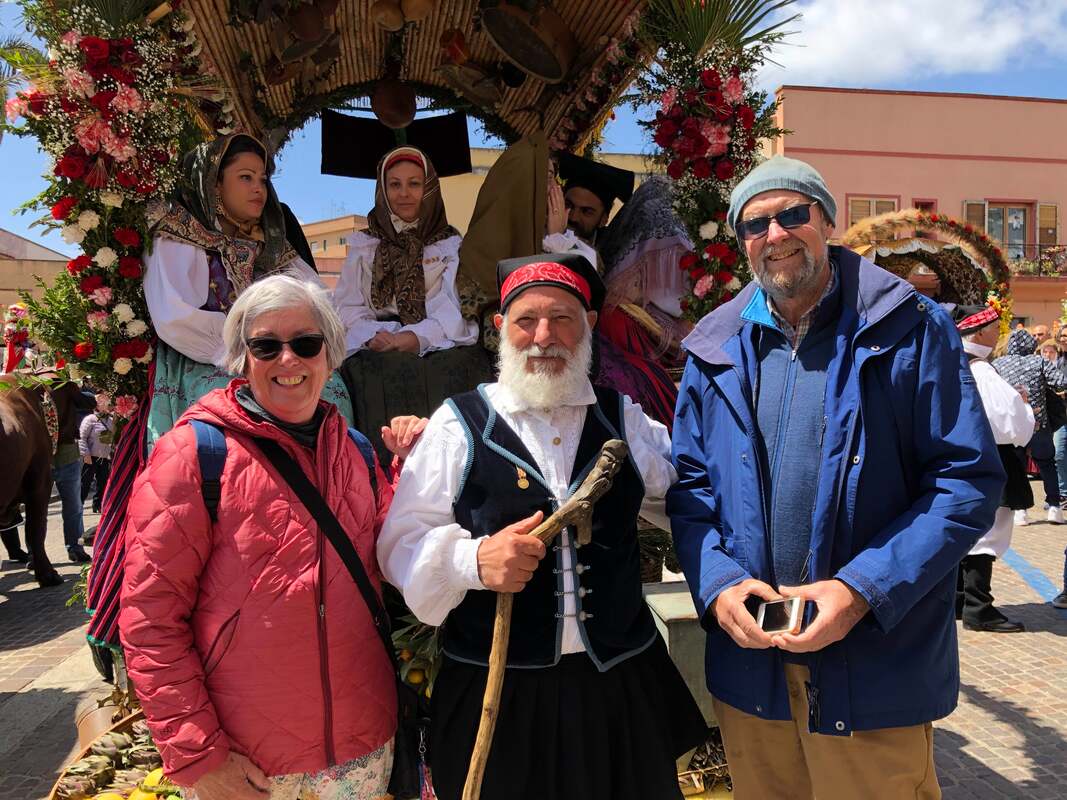
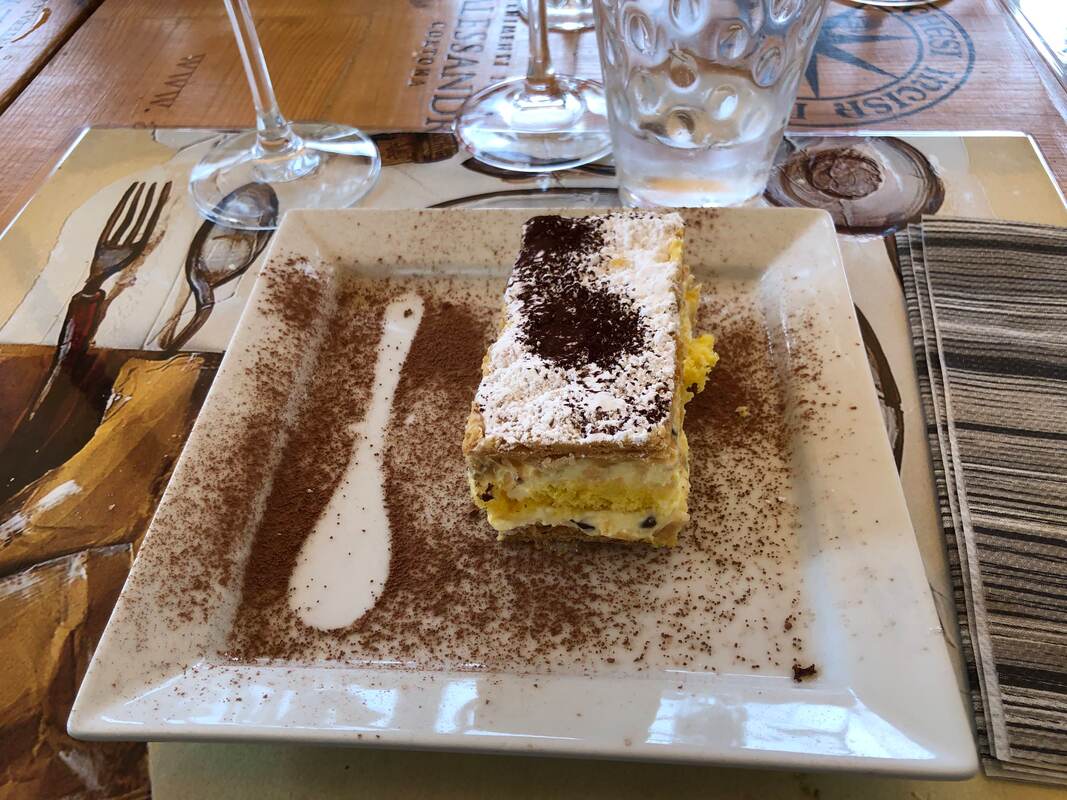
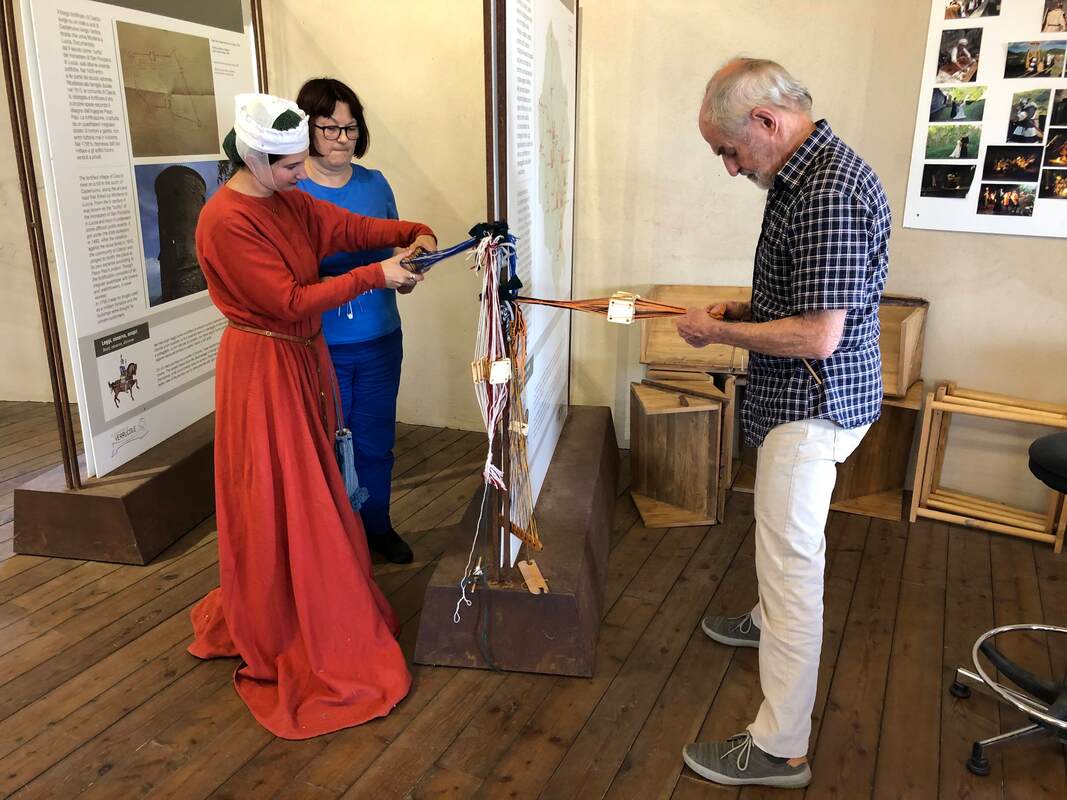
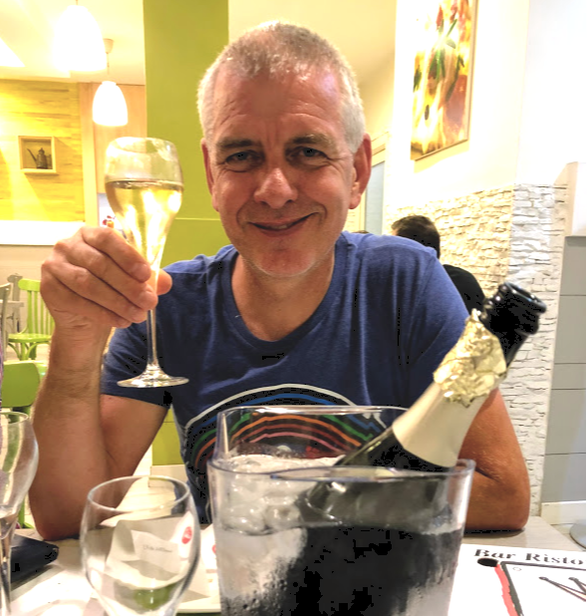
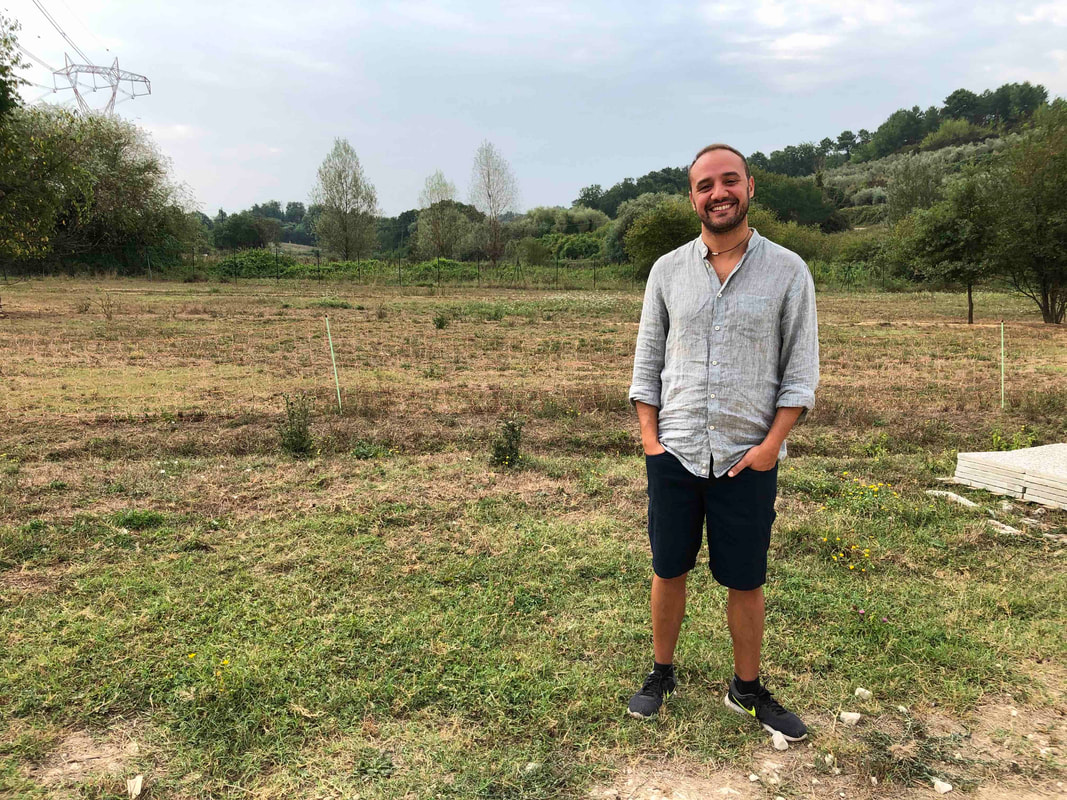
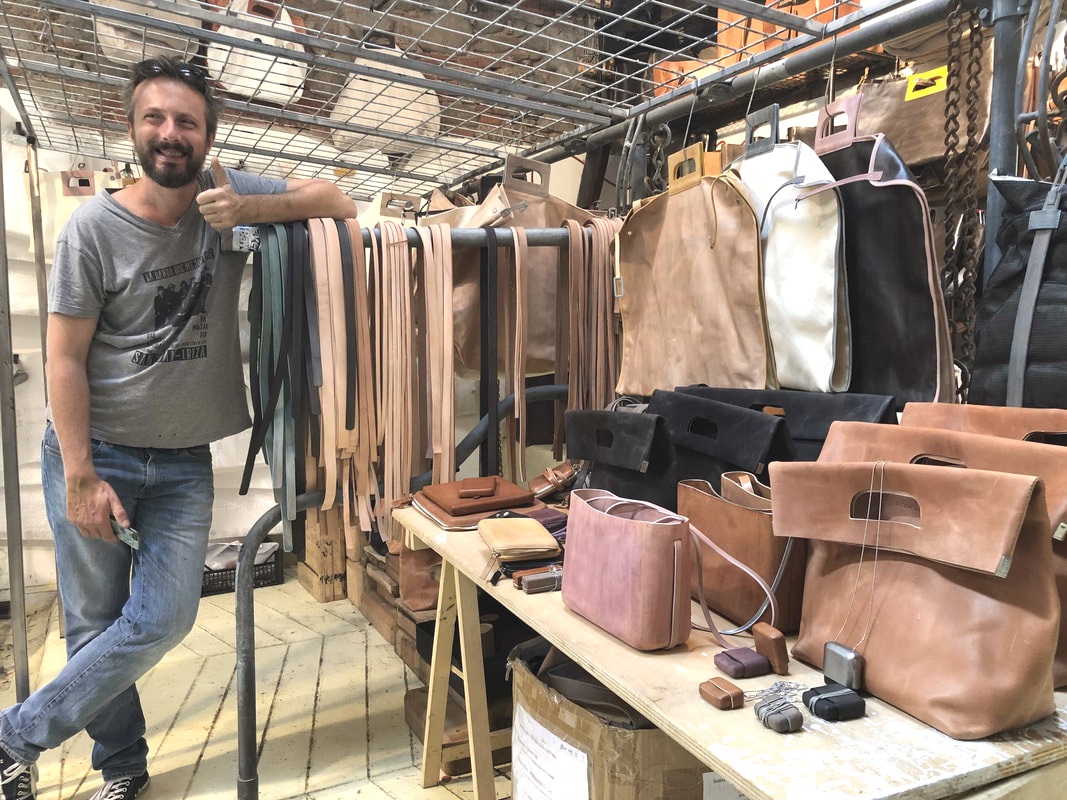
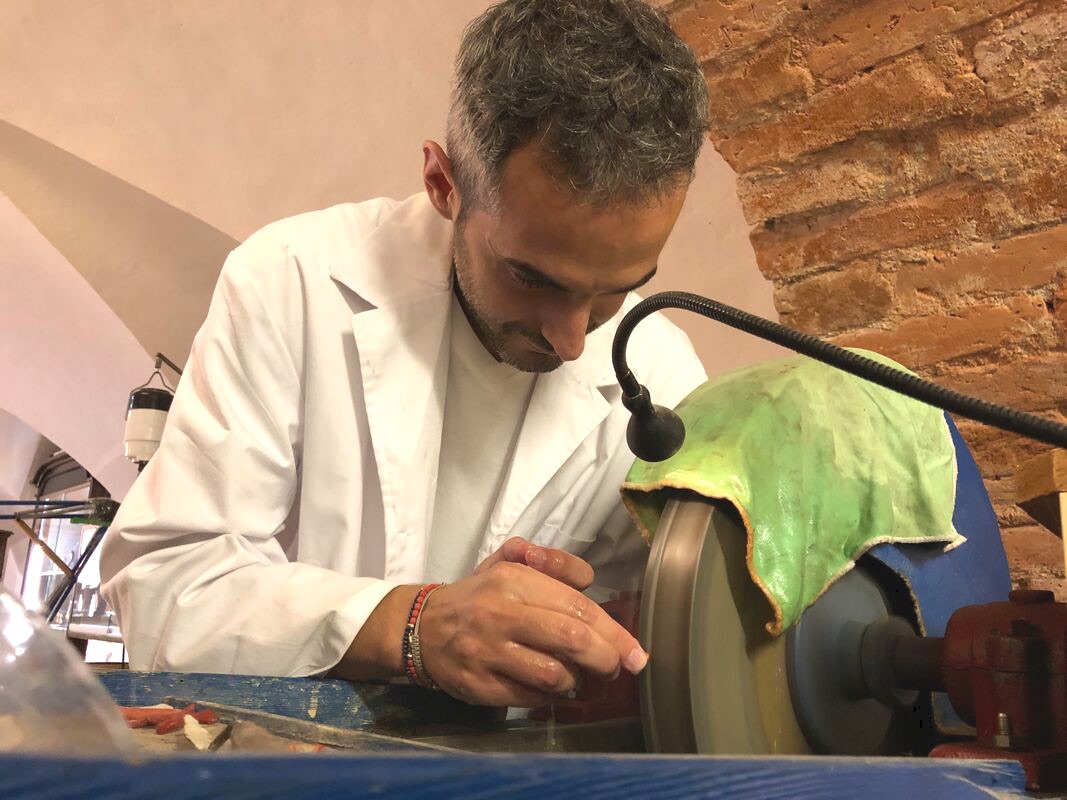
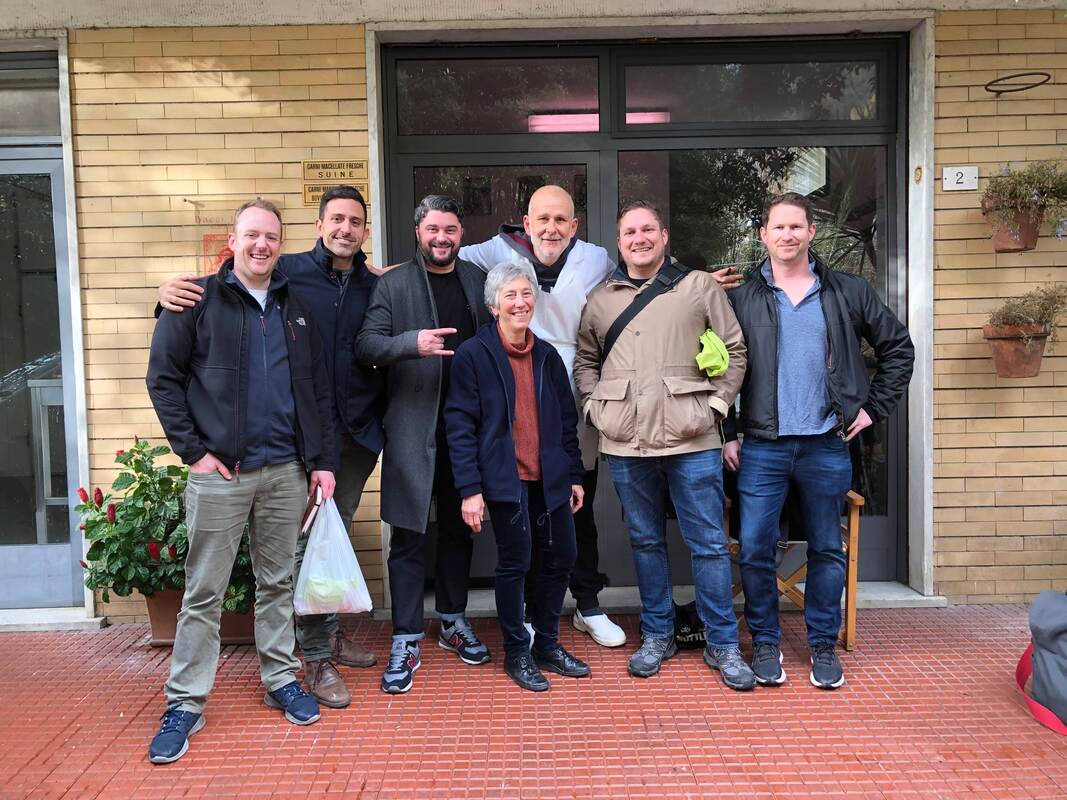
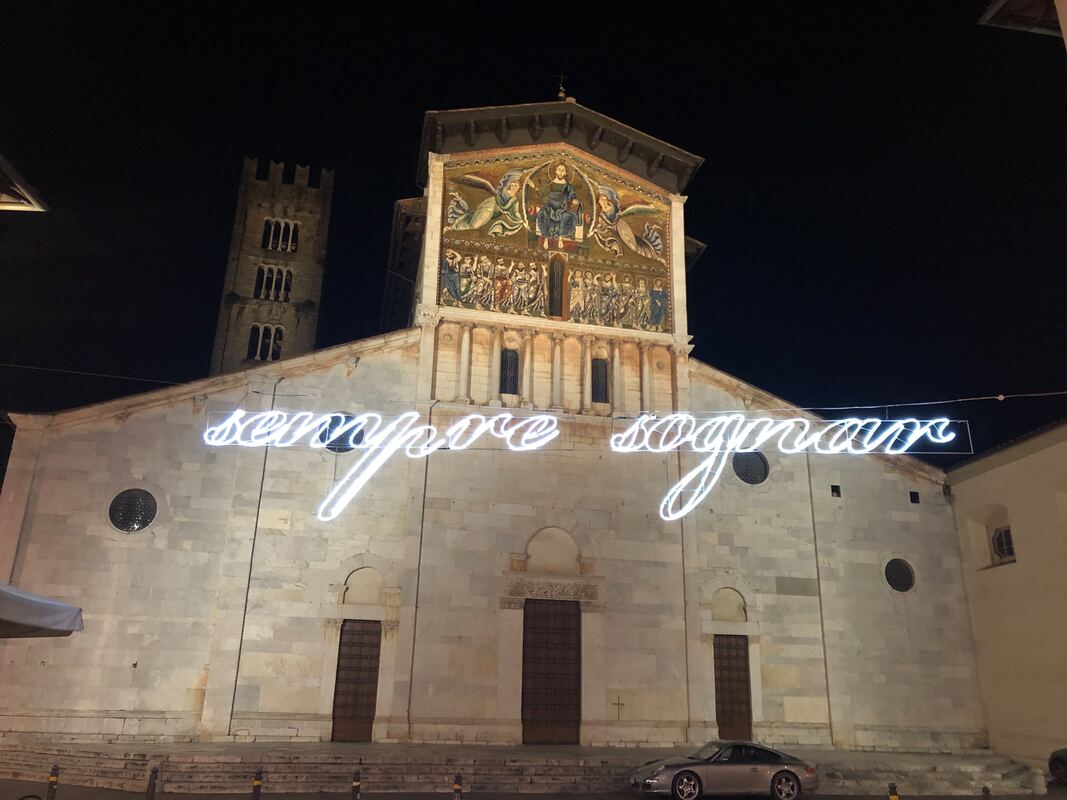
 RSS Feed
RSS Feed



